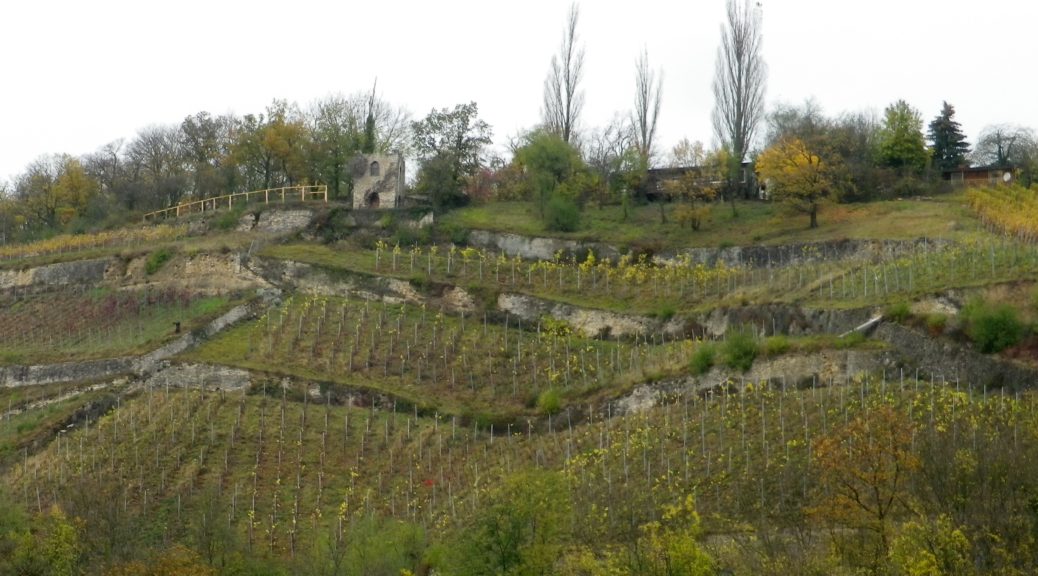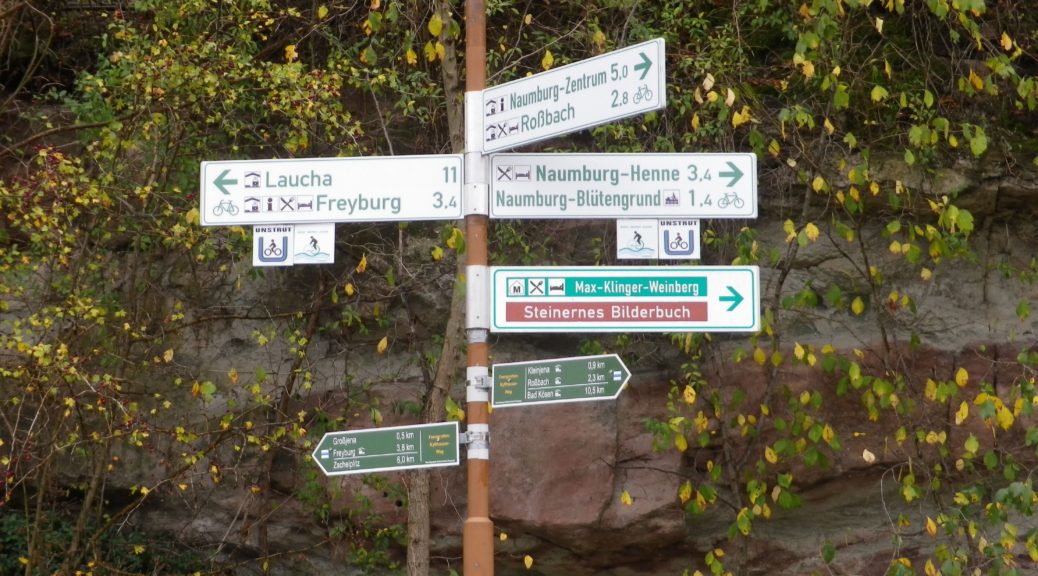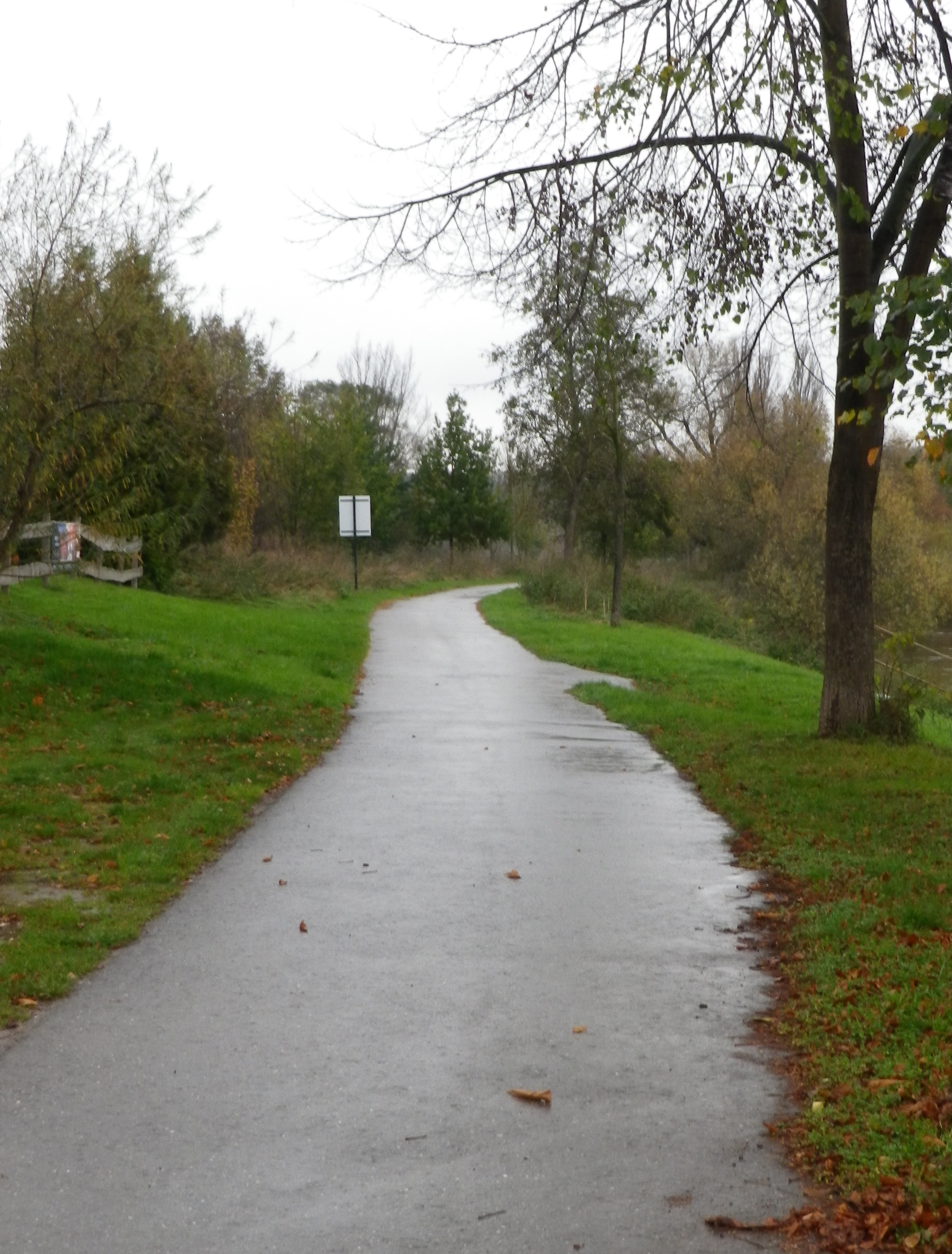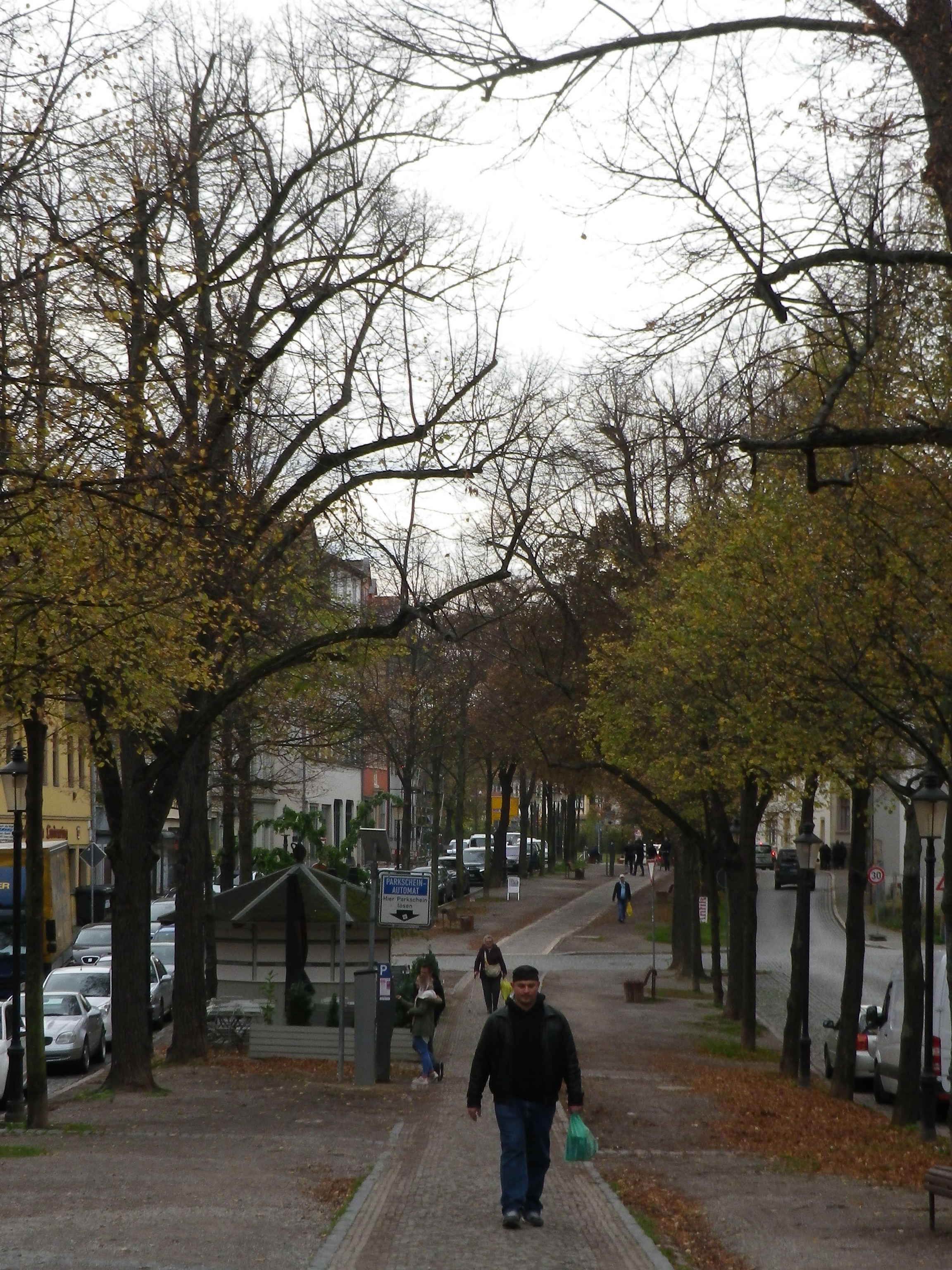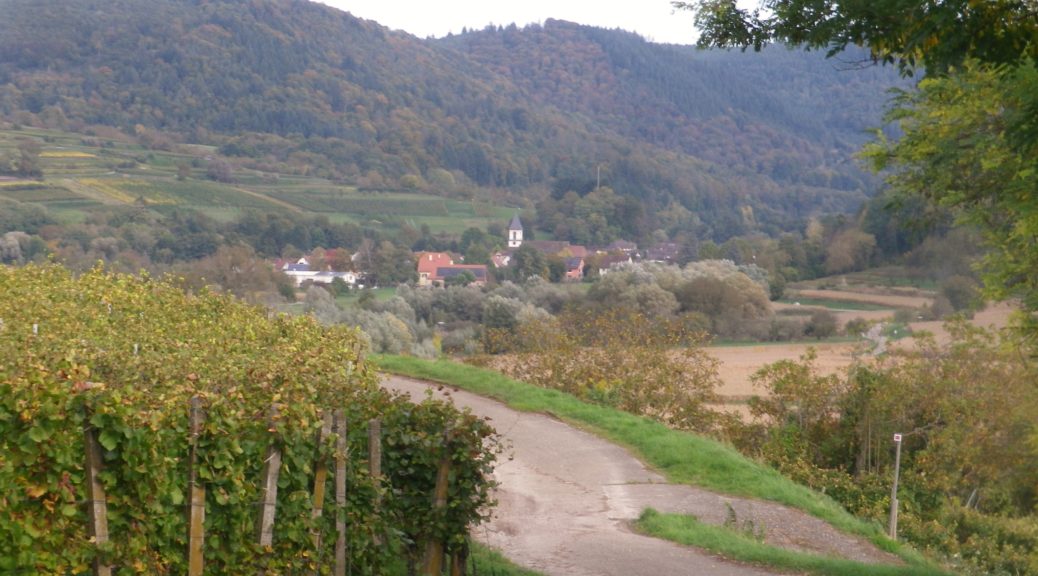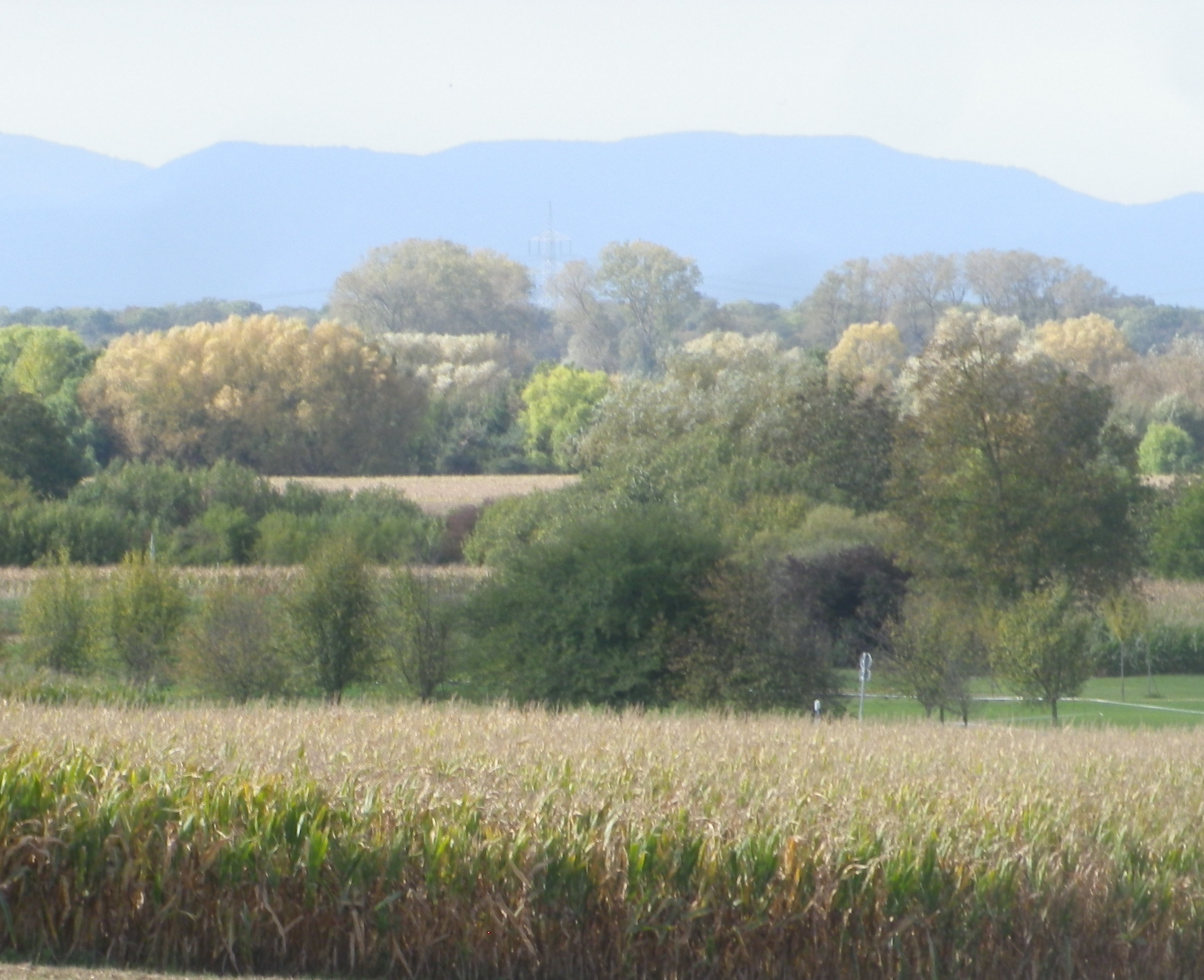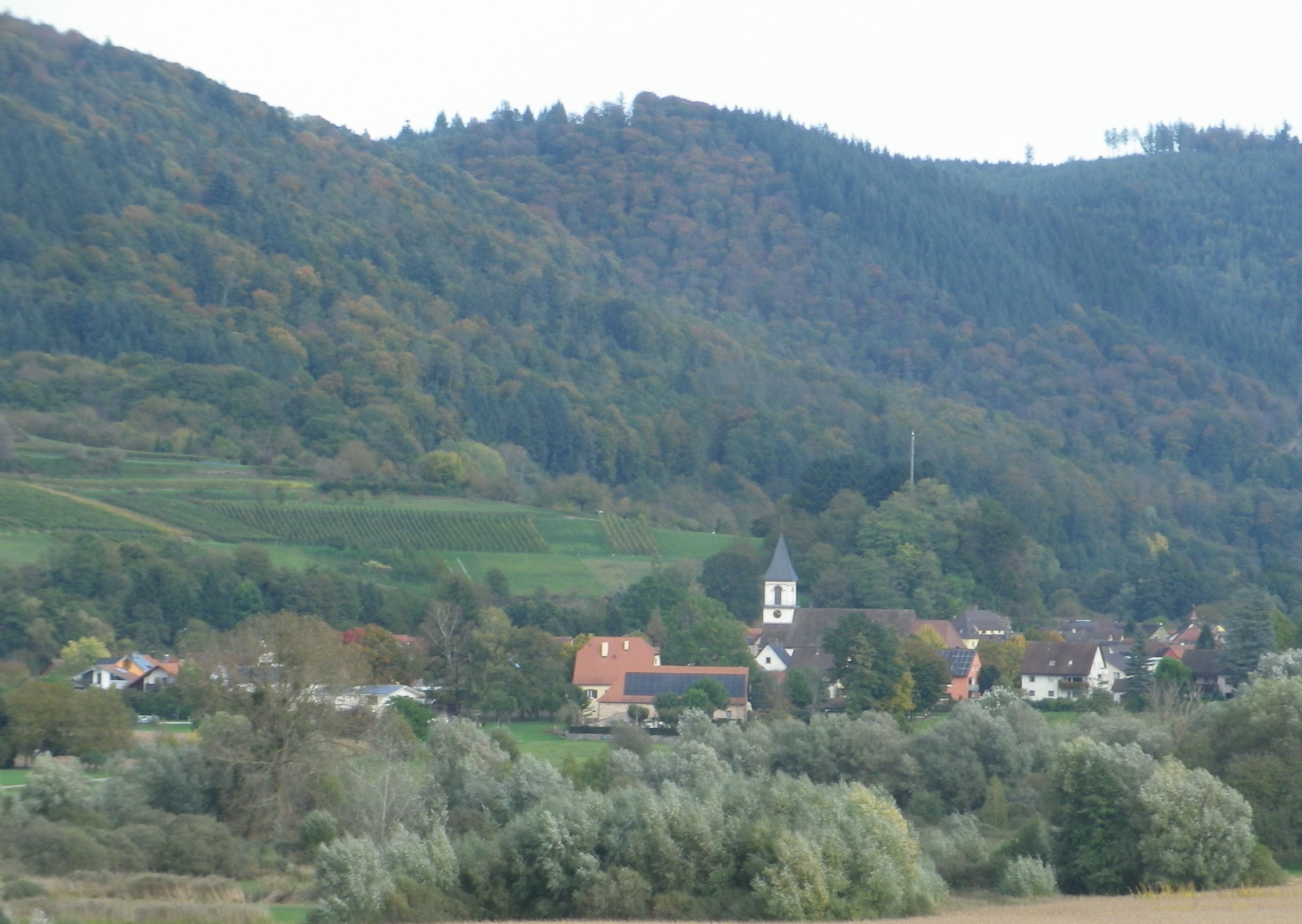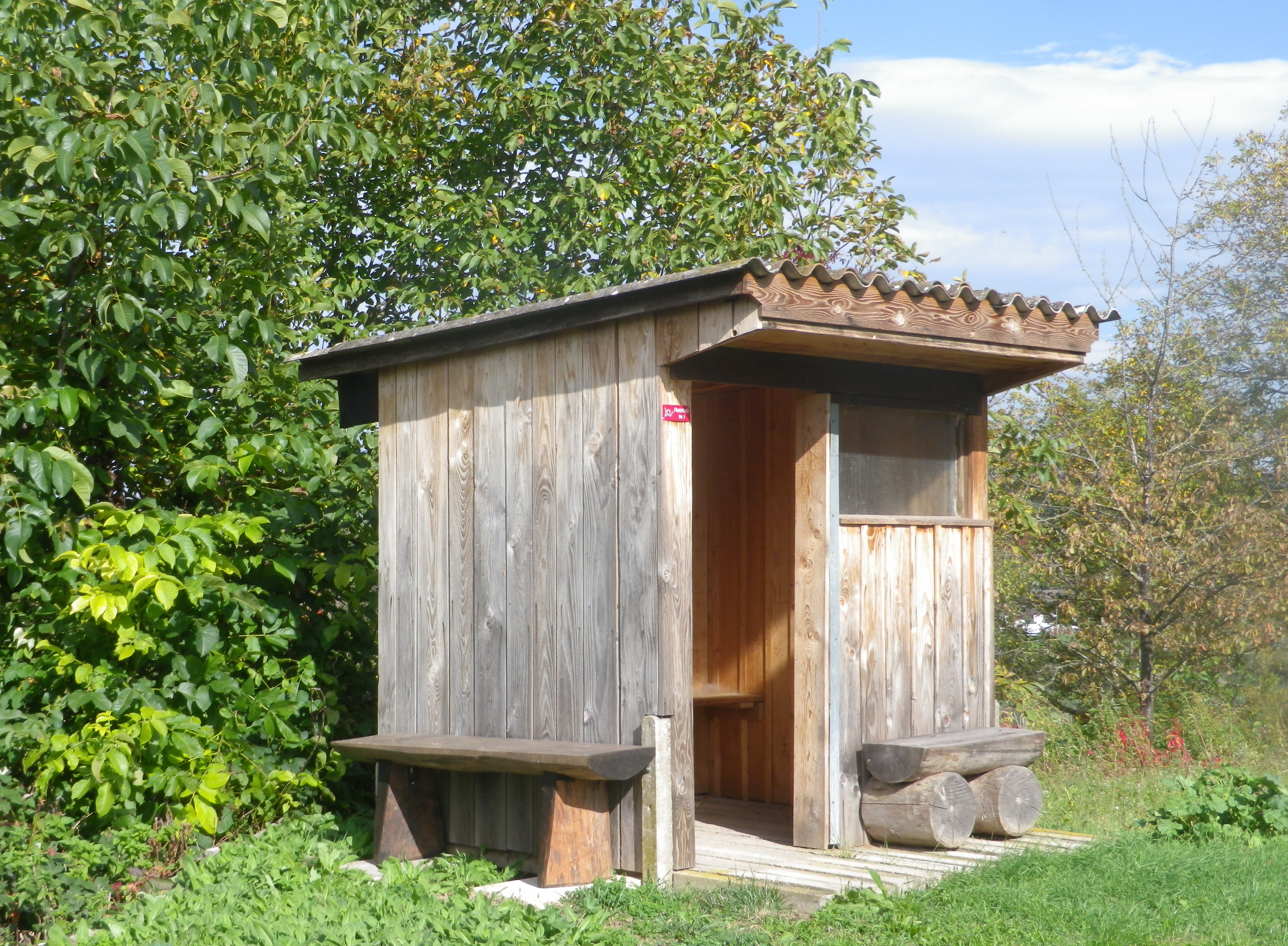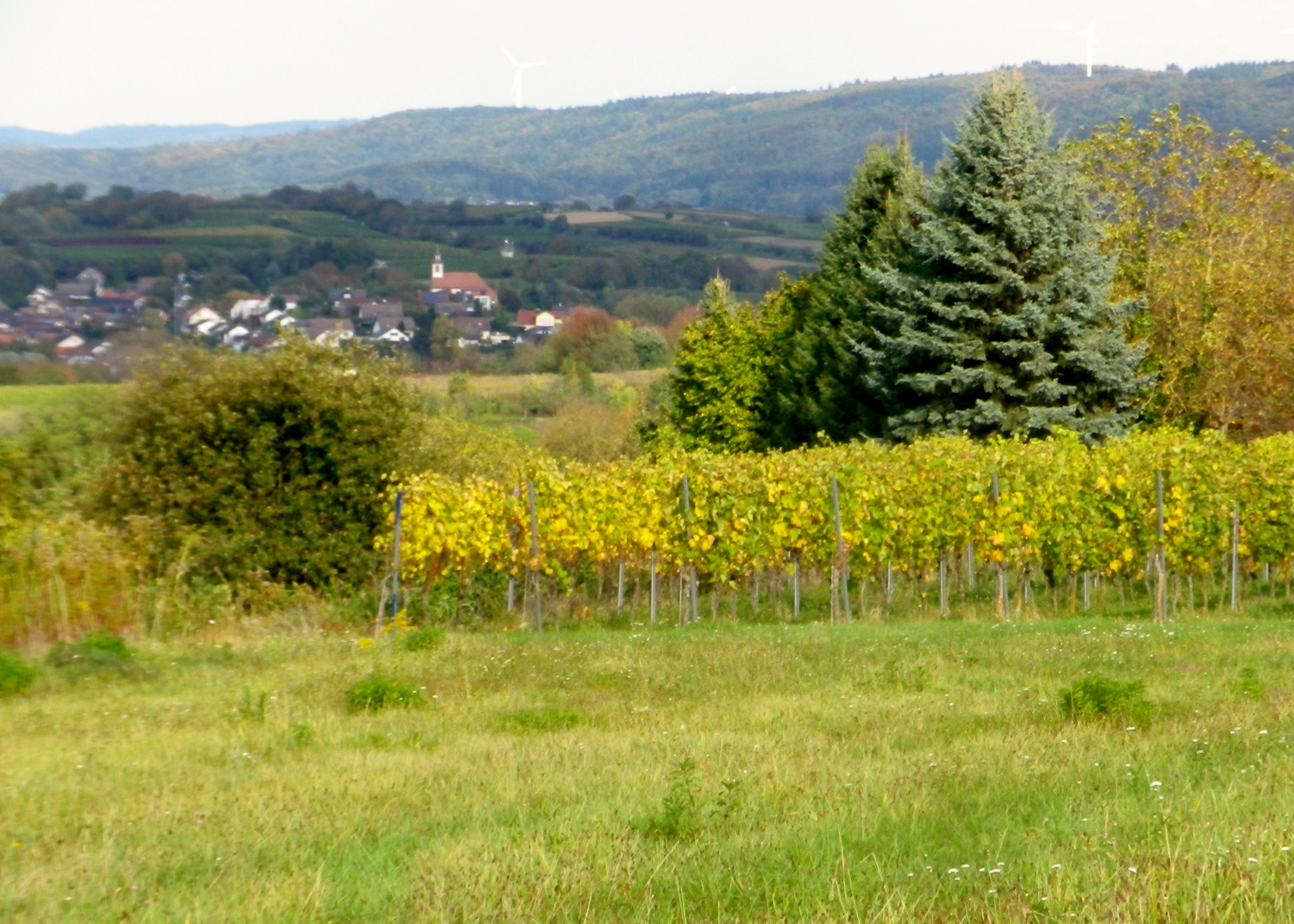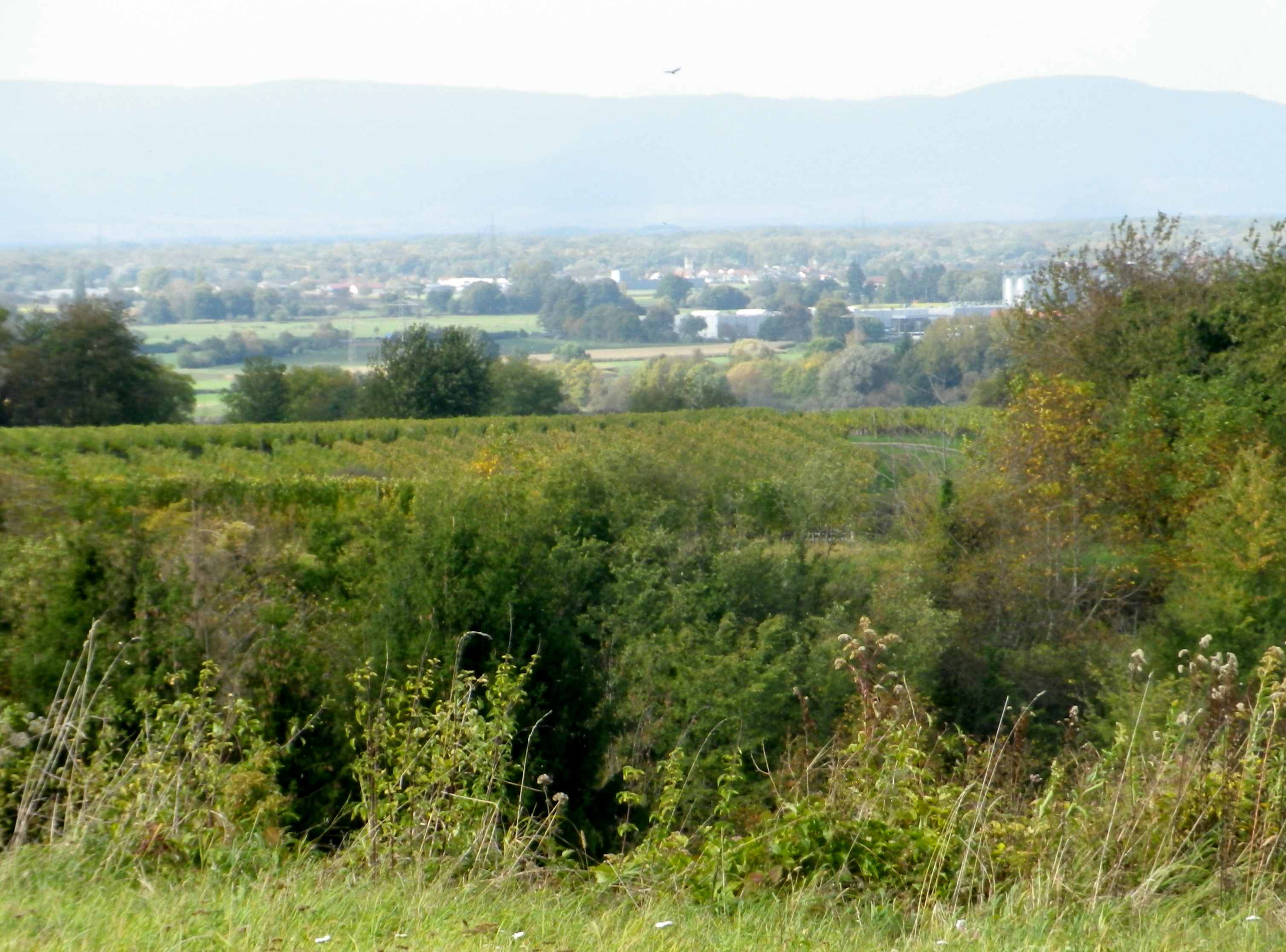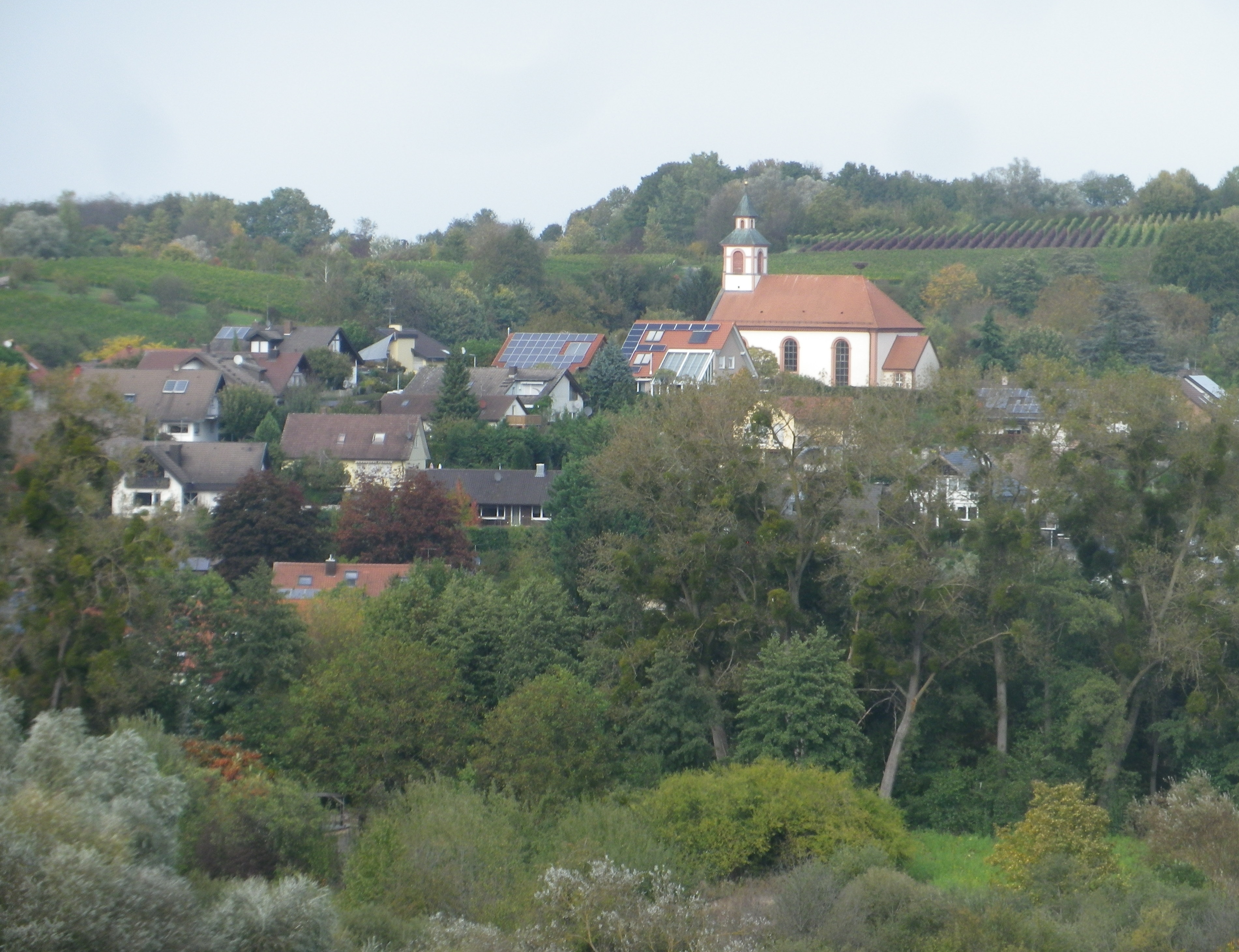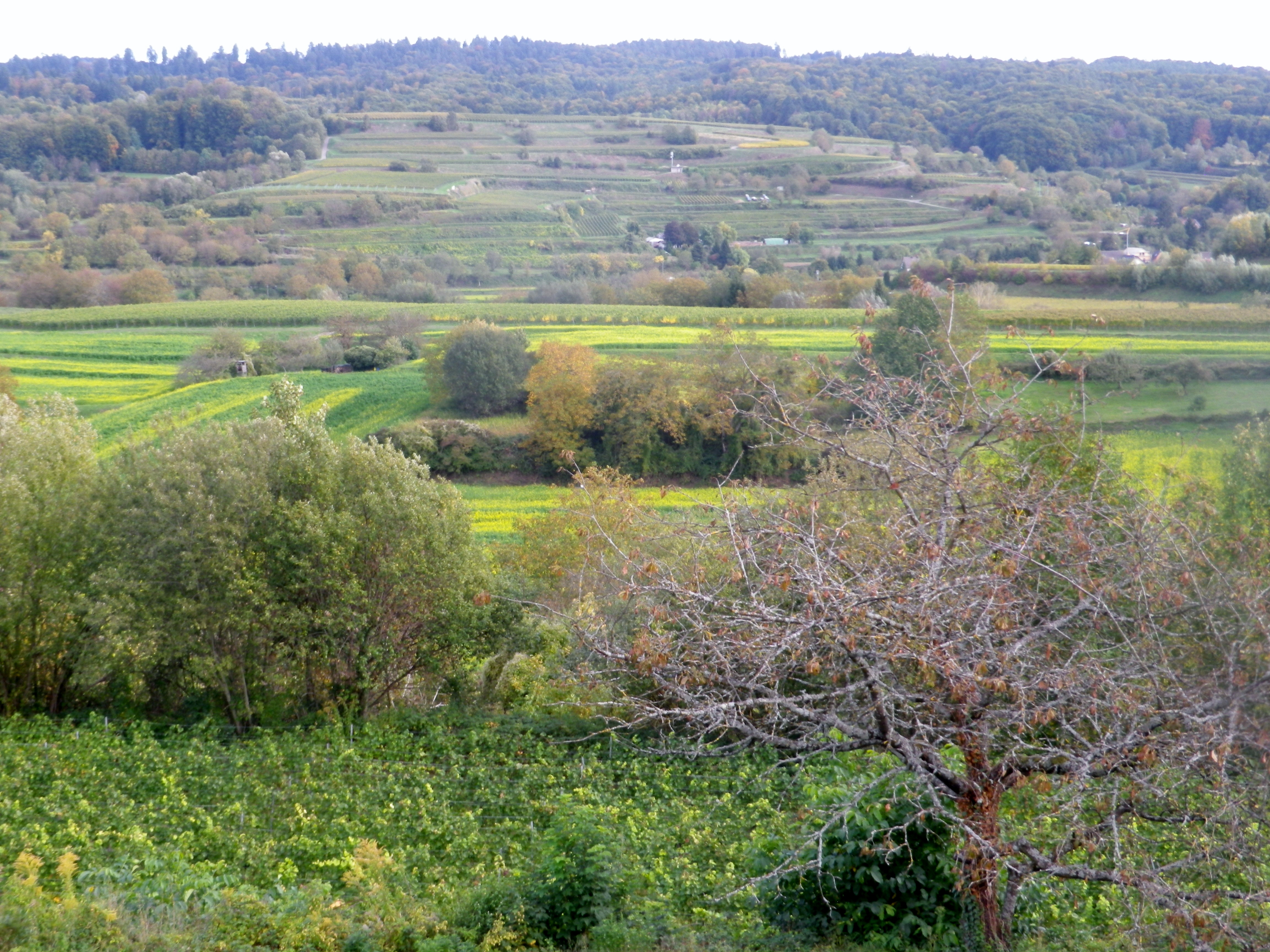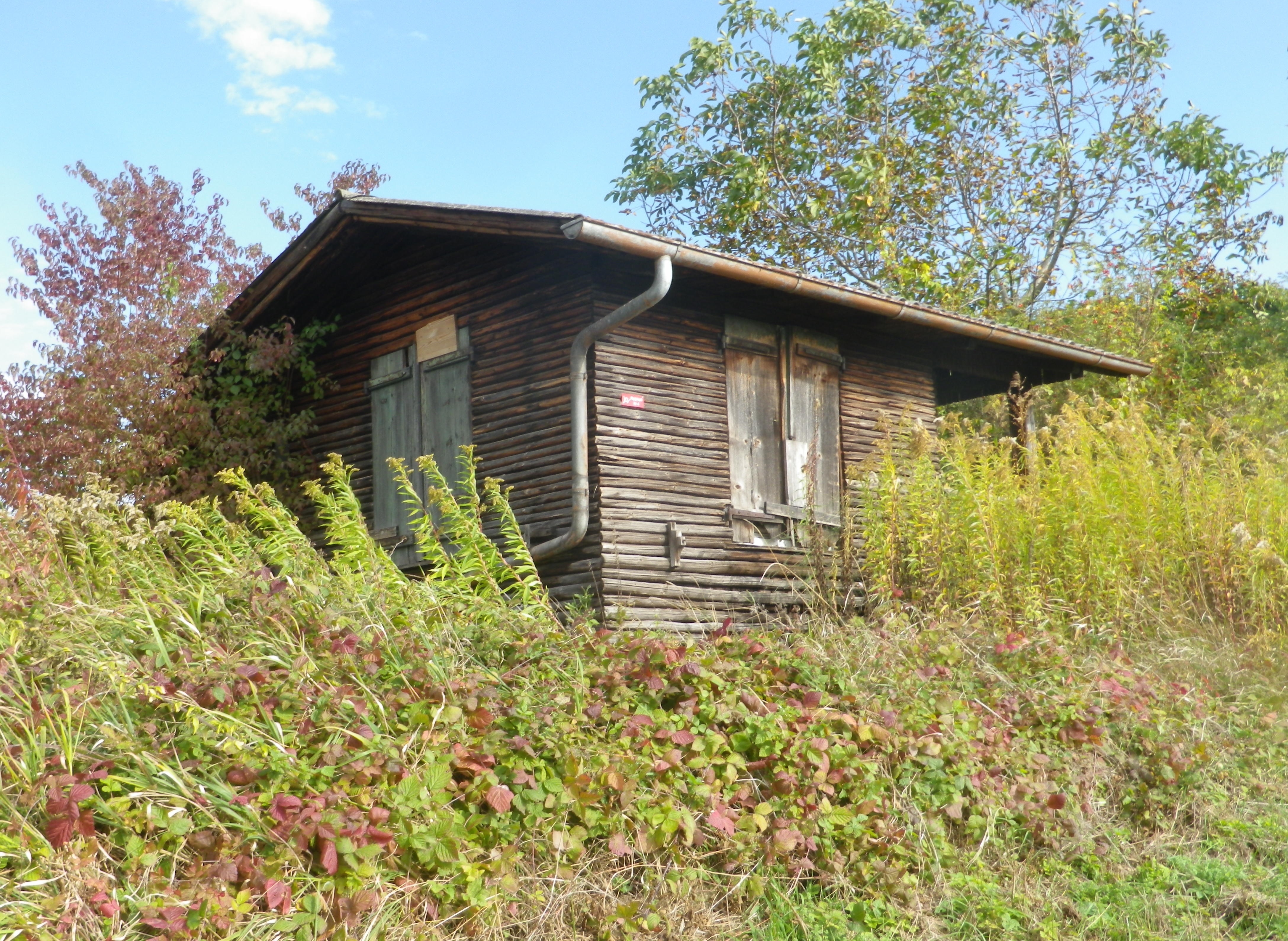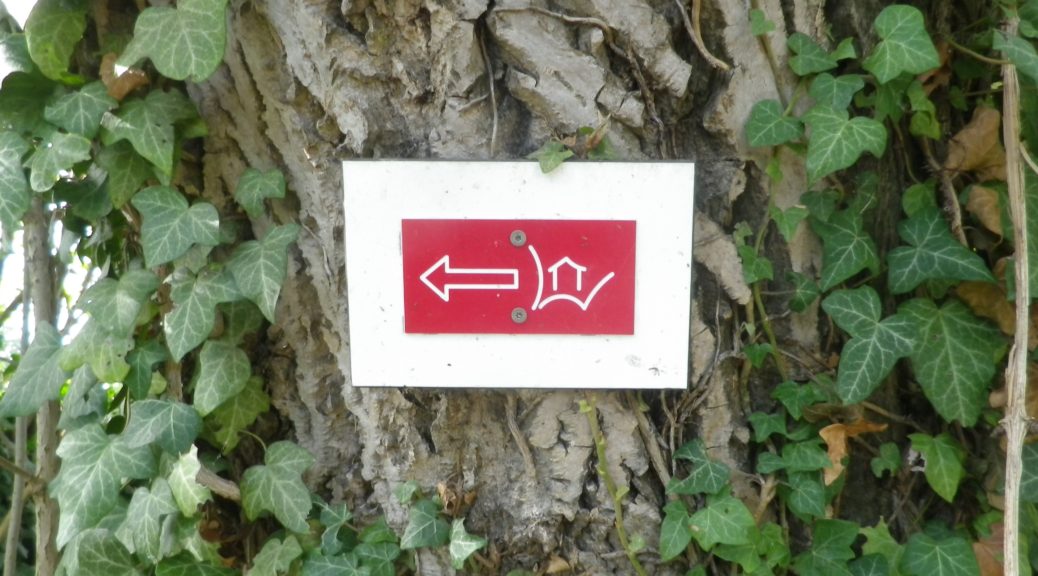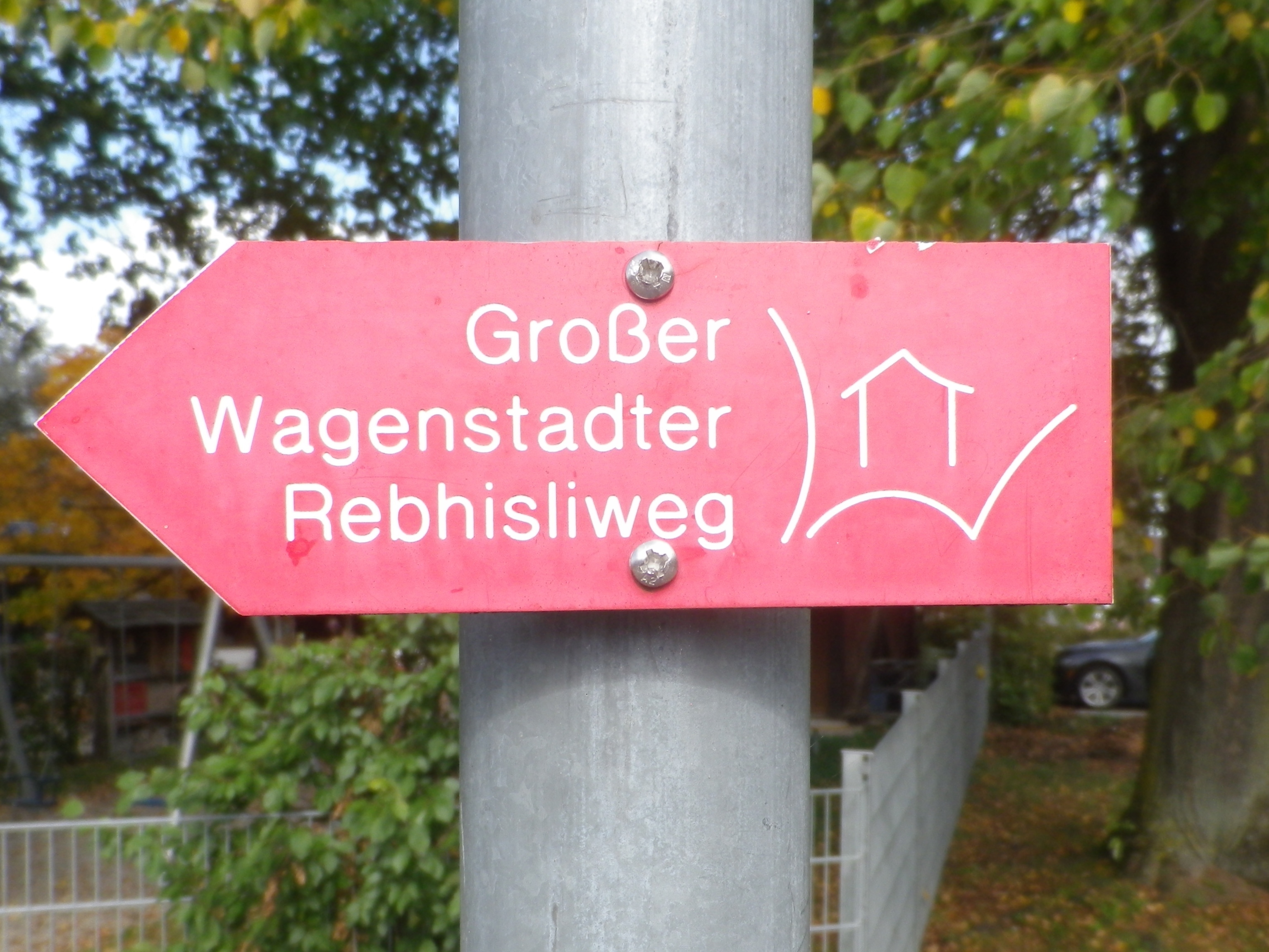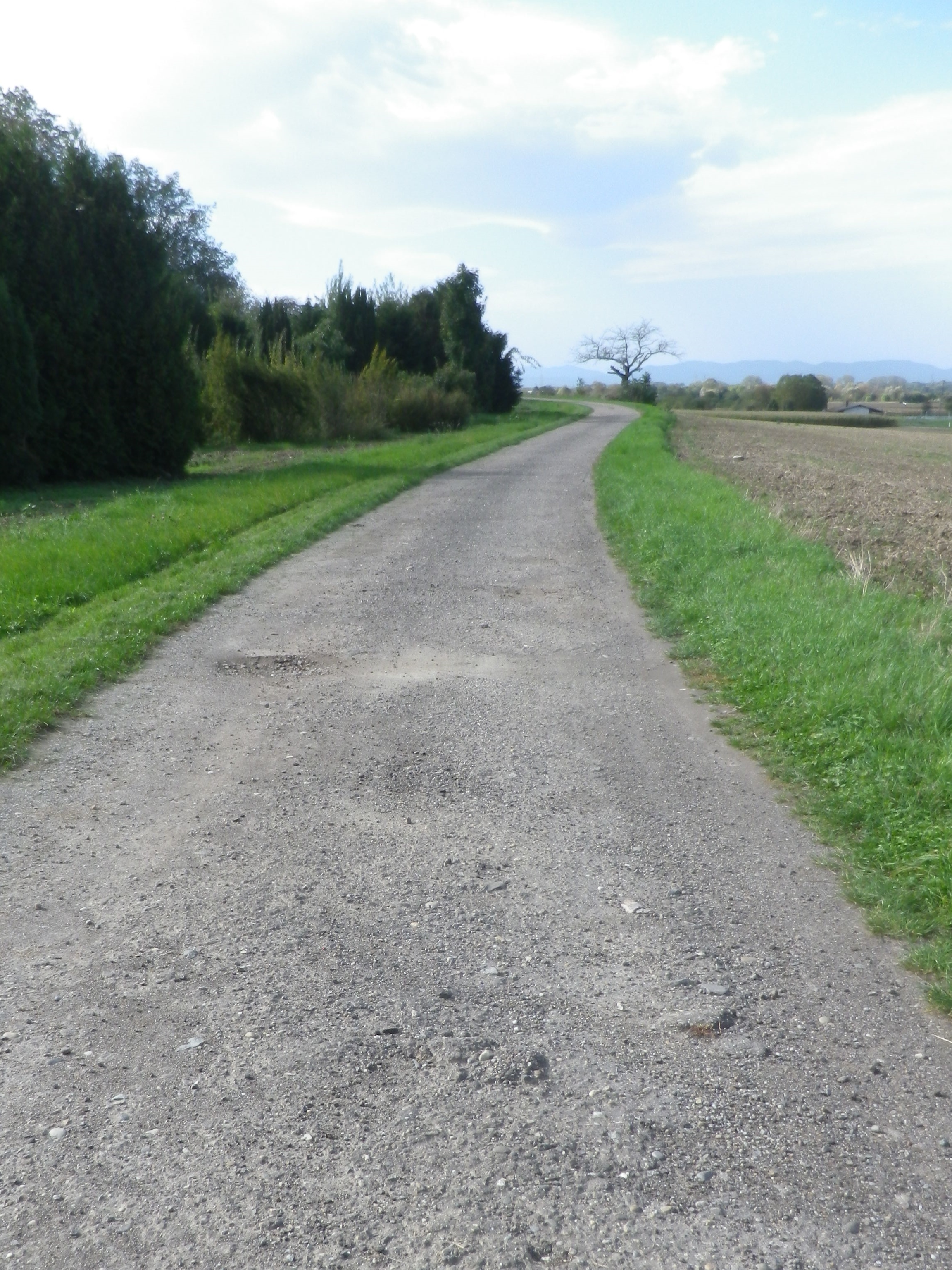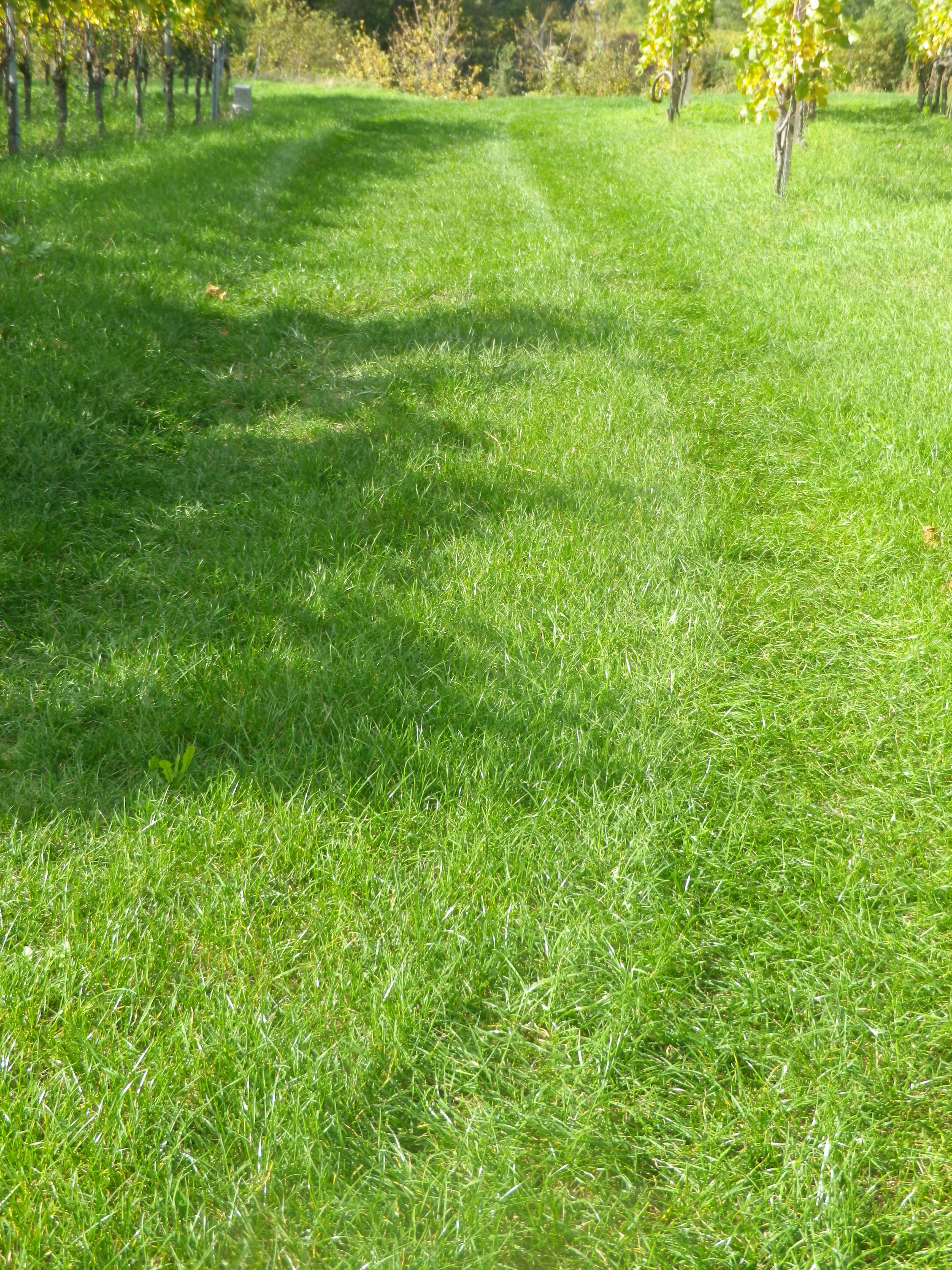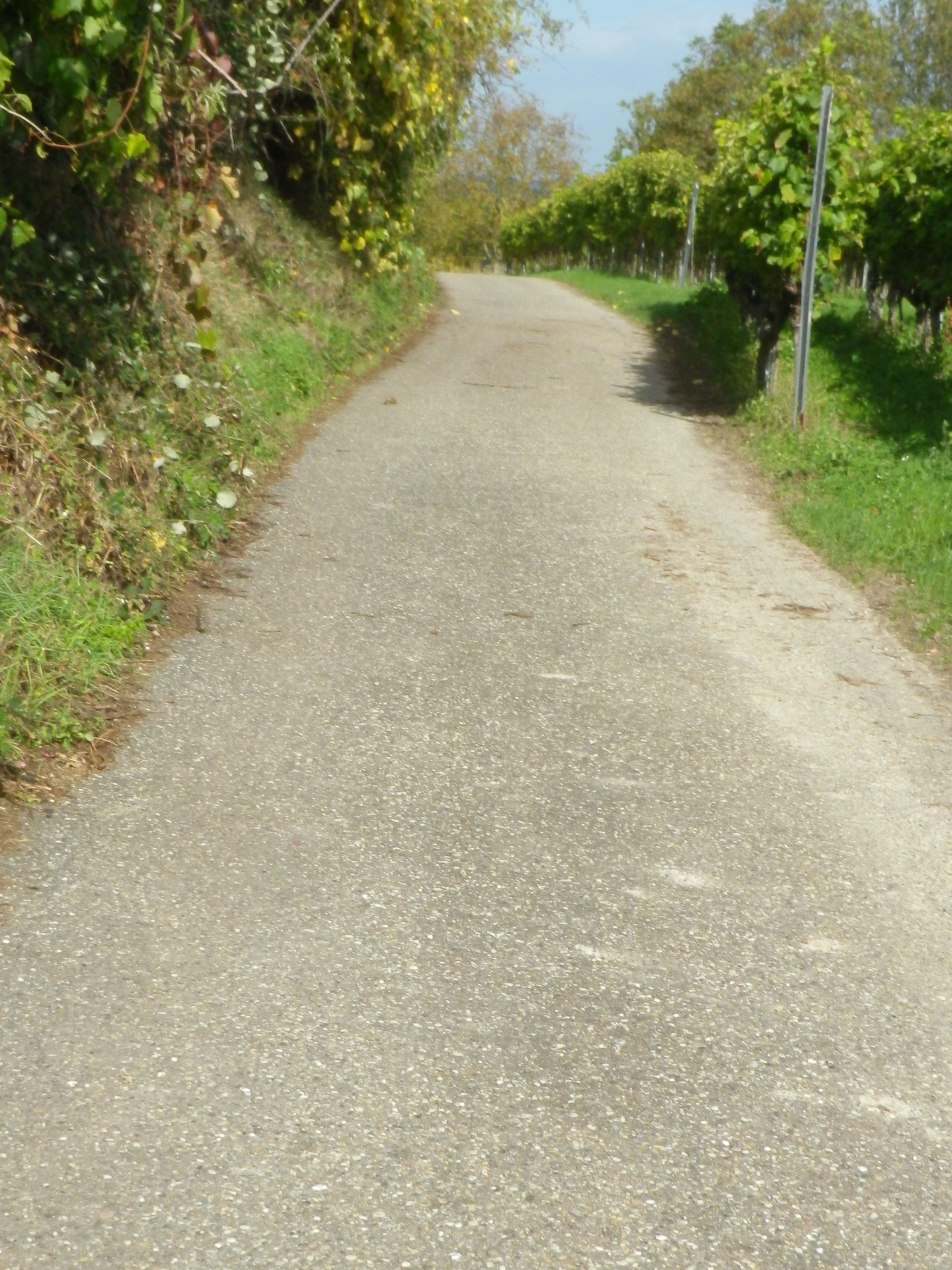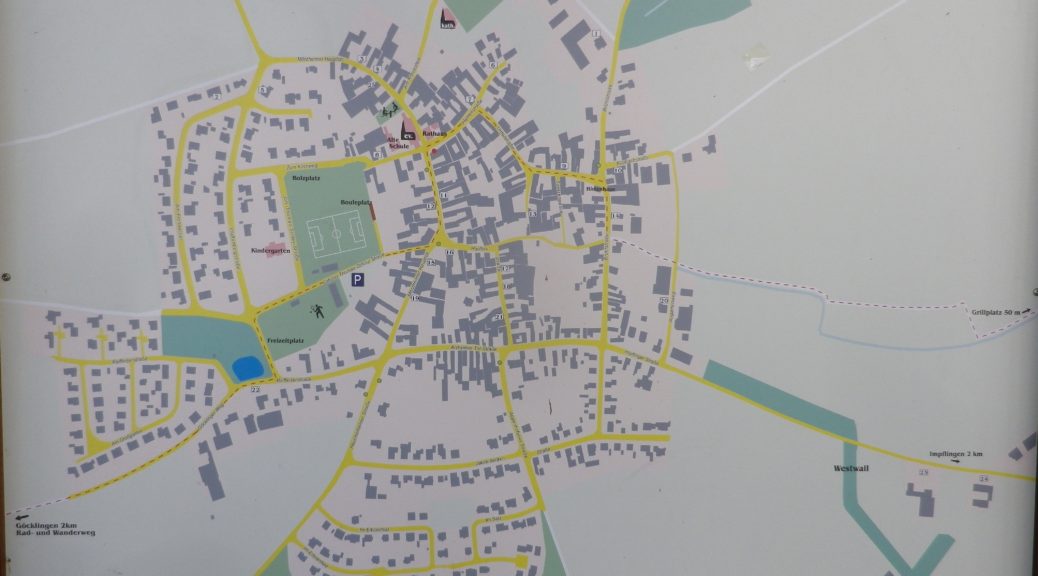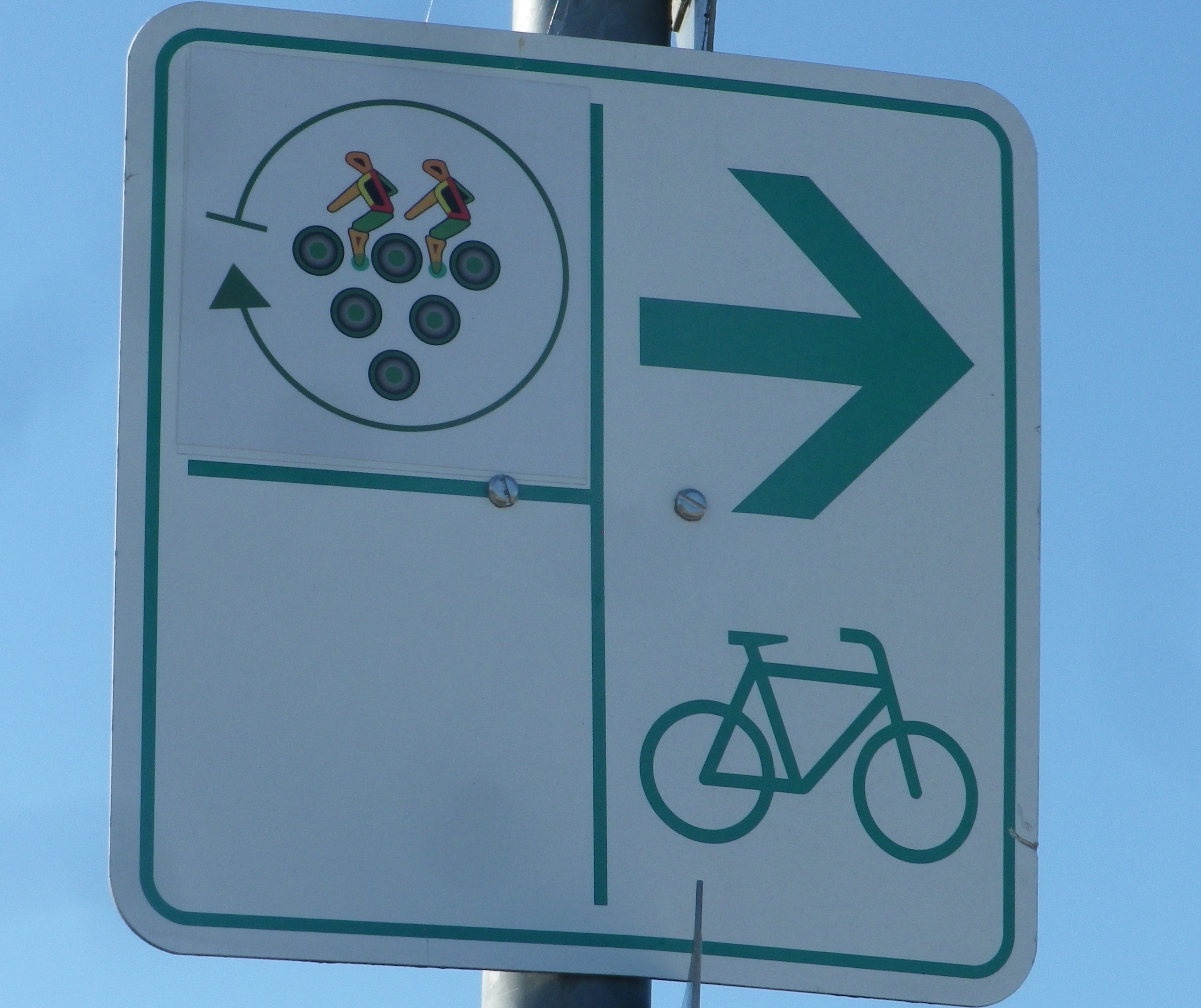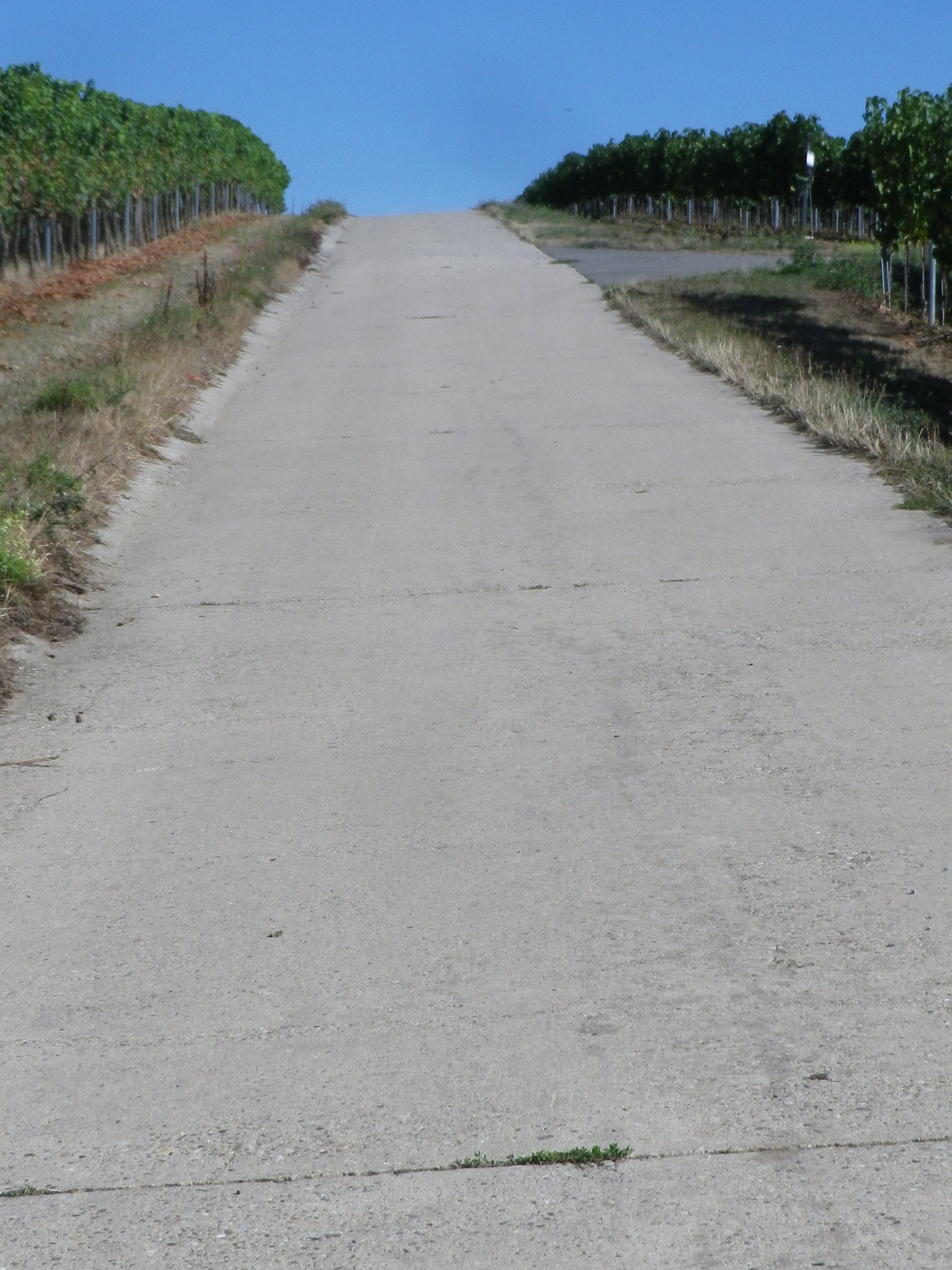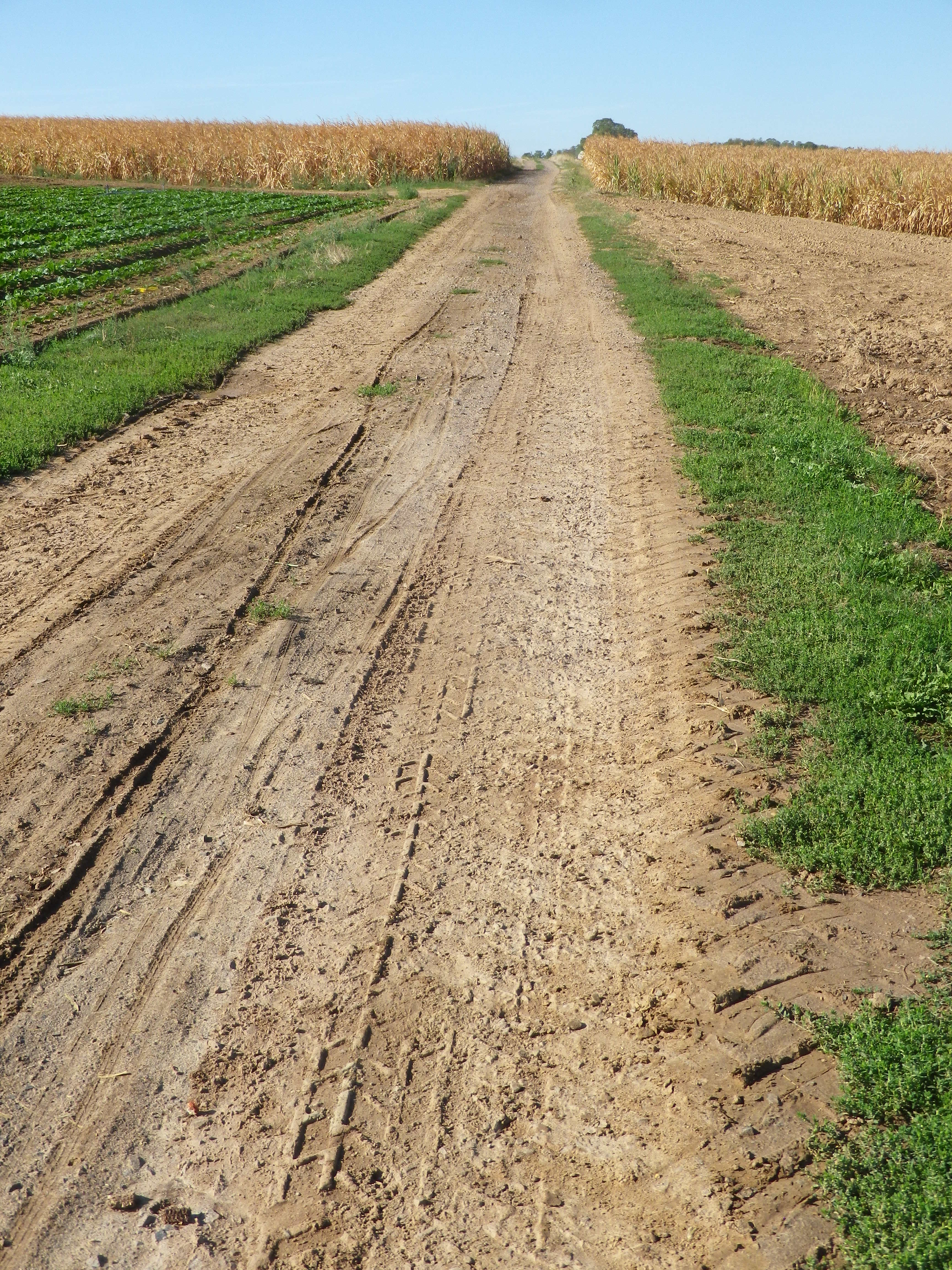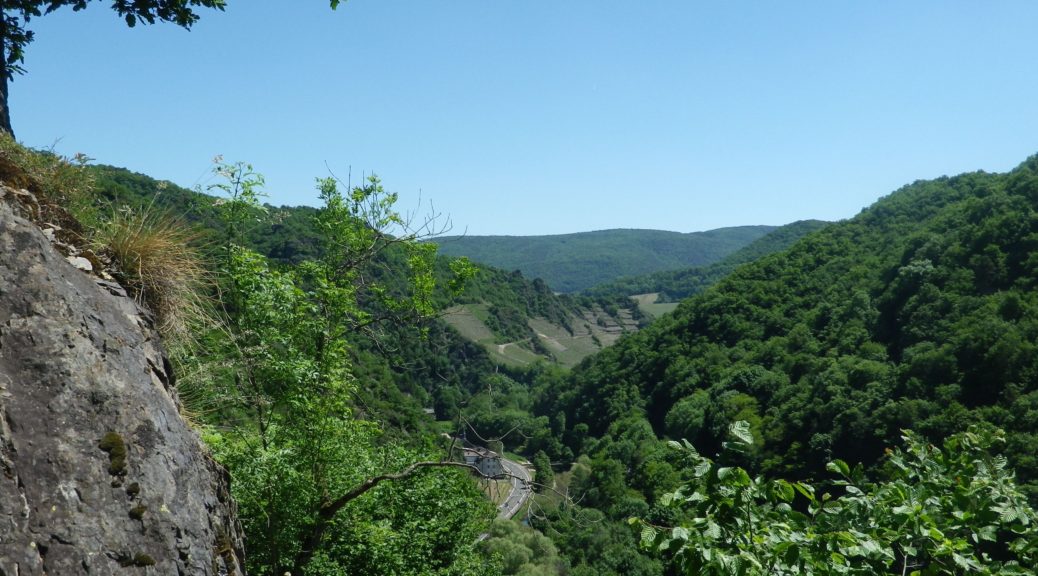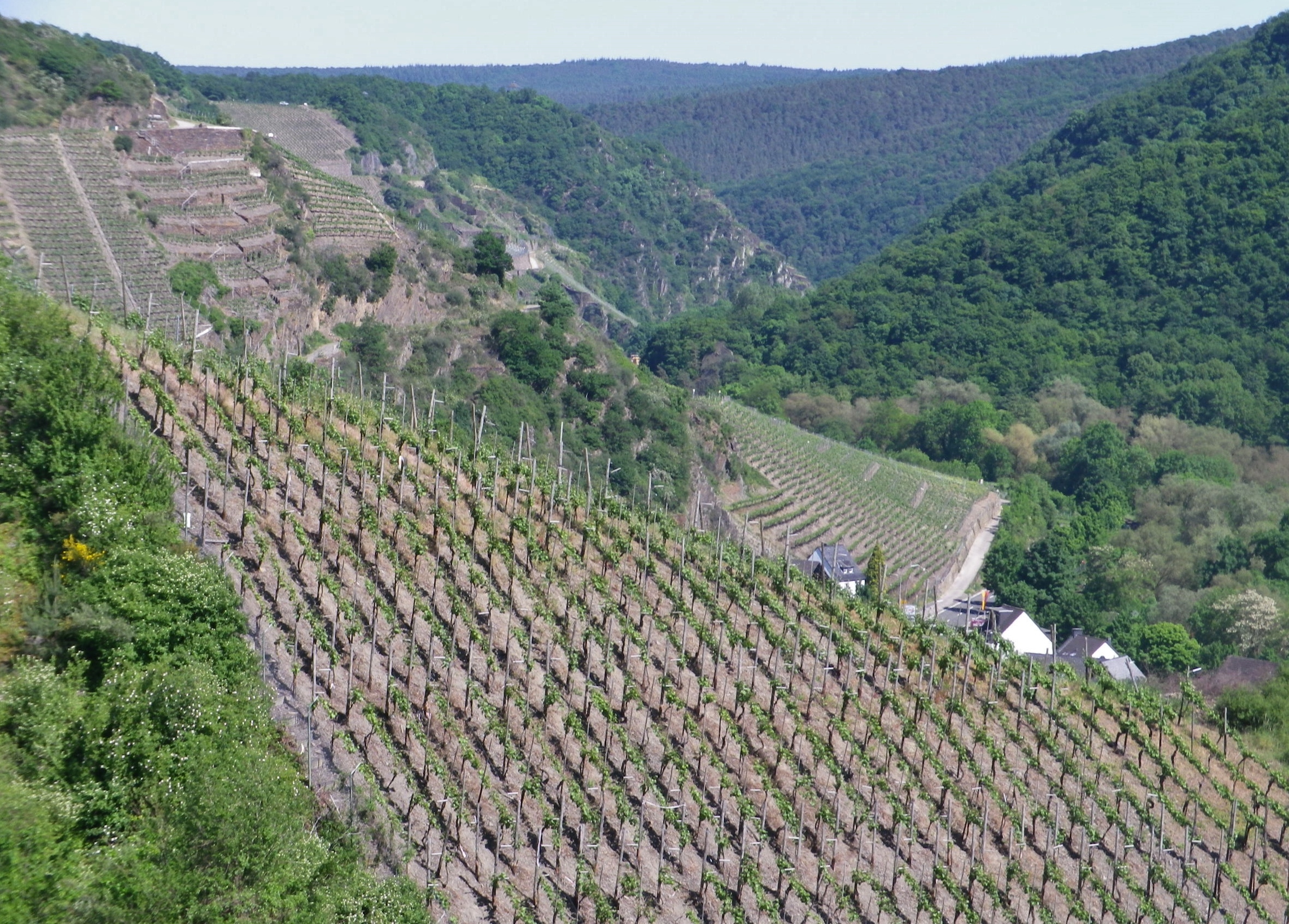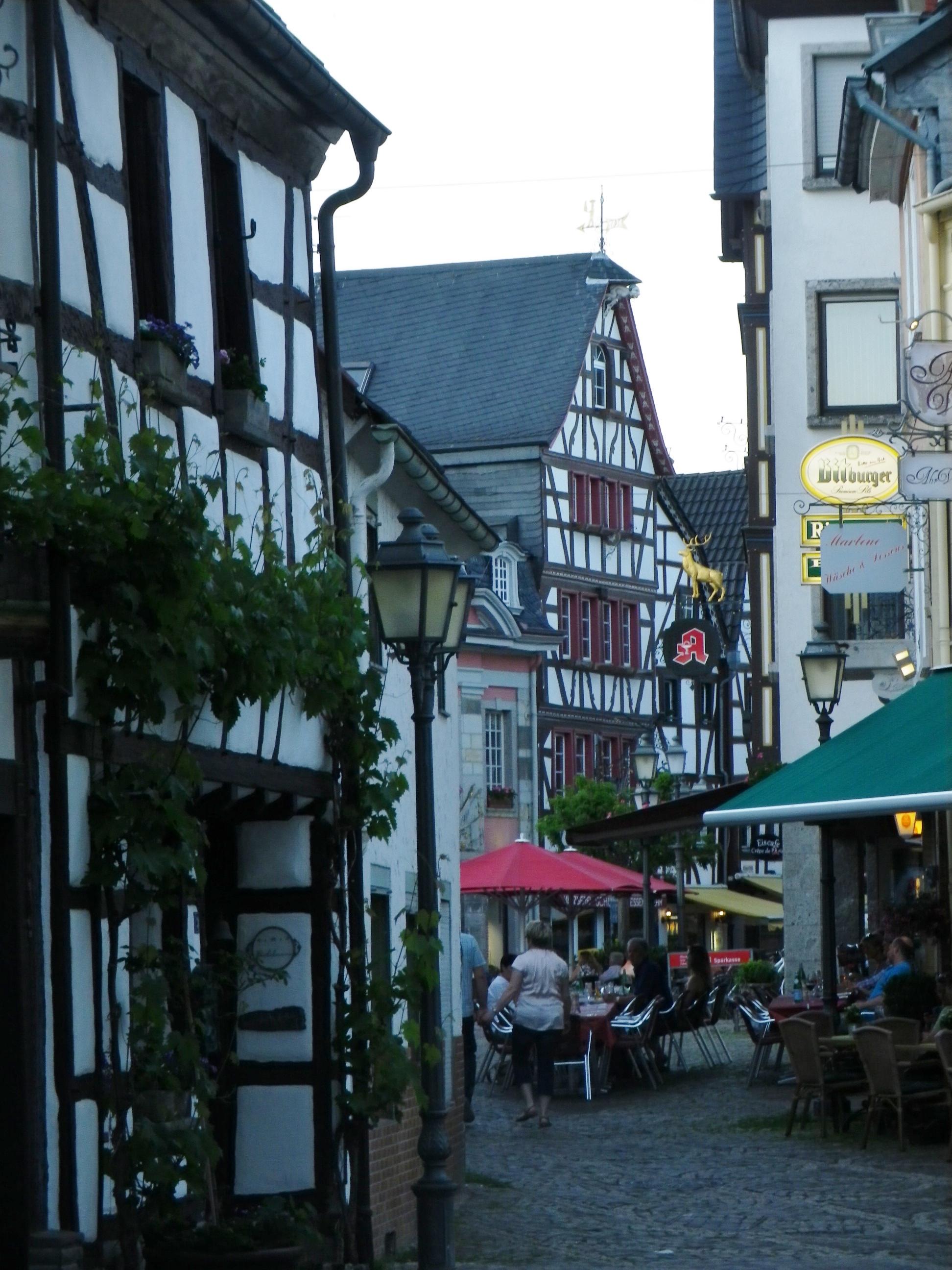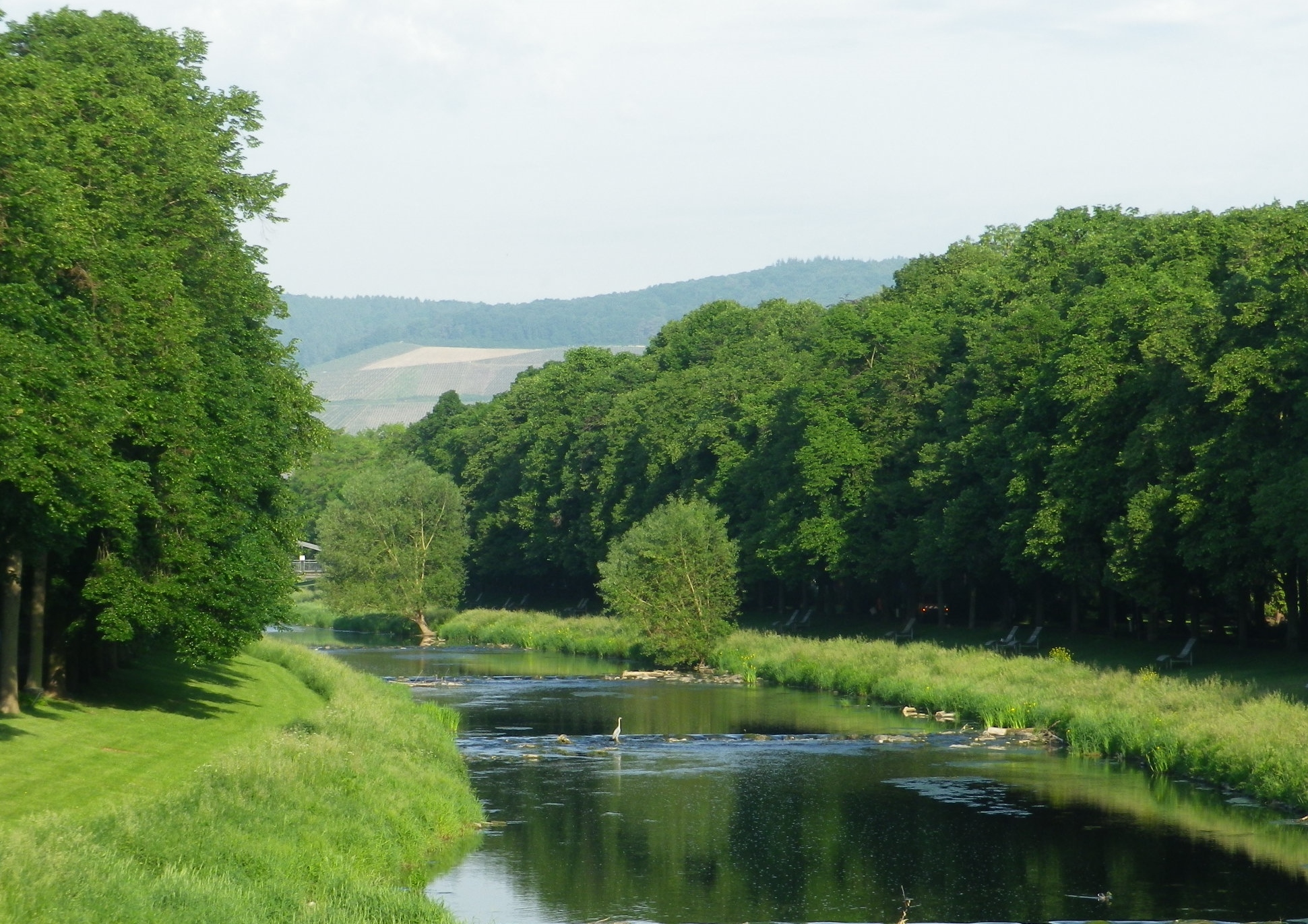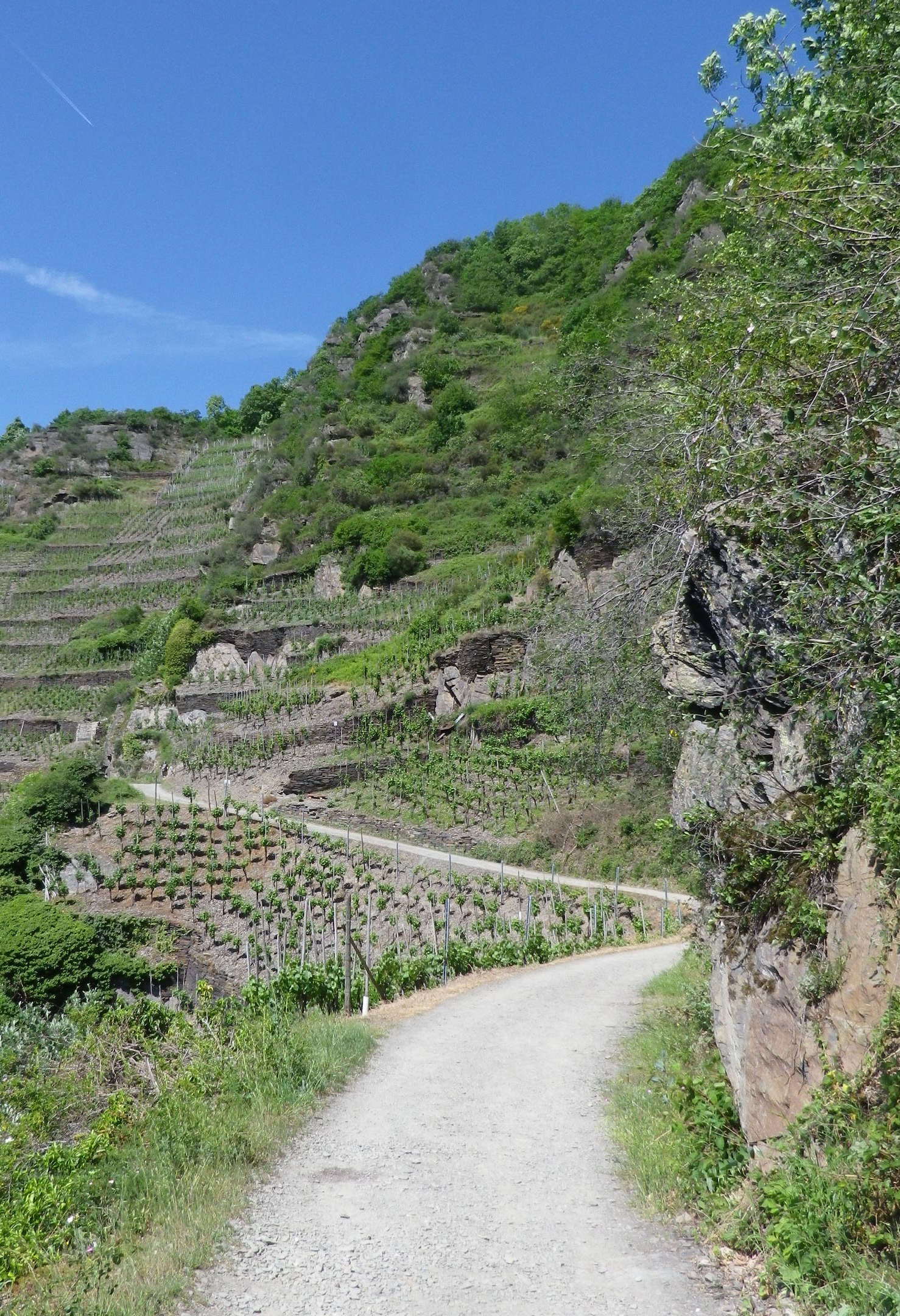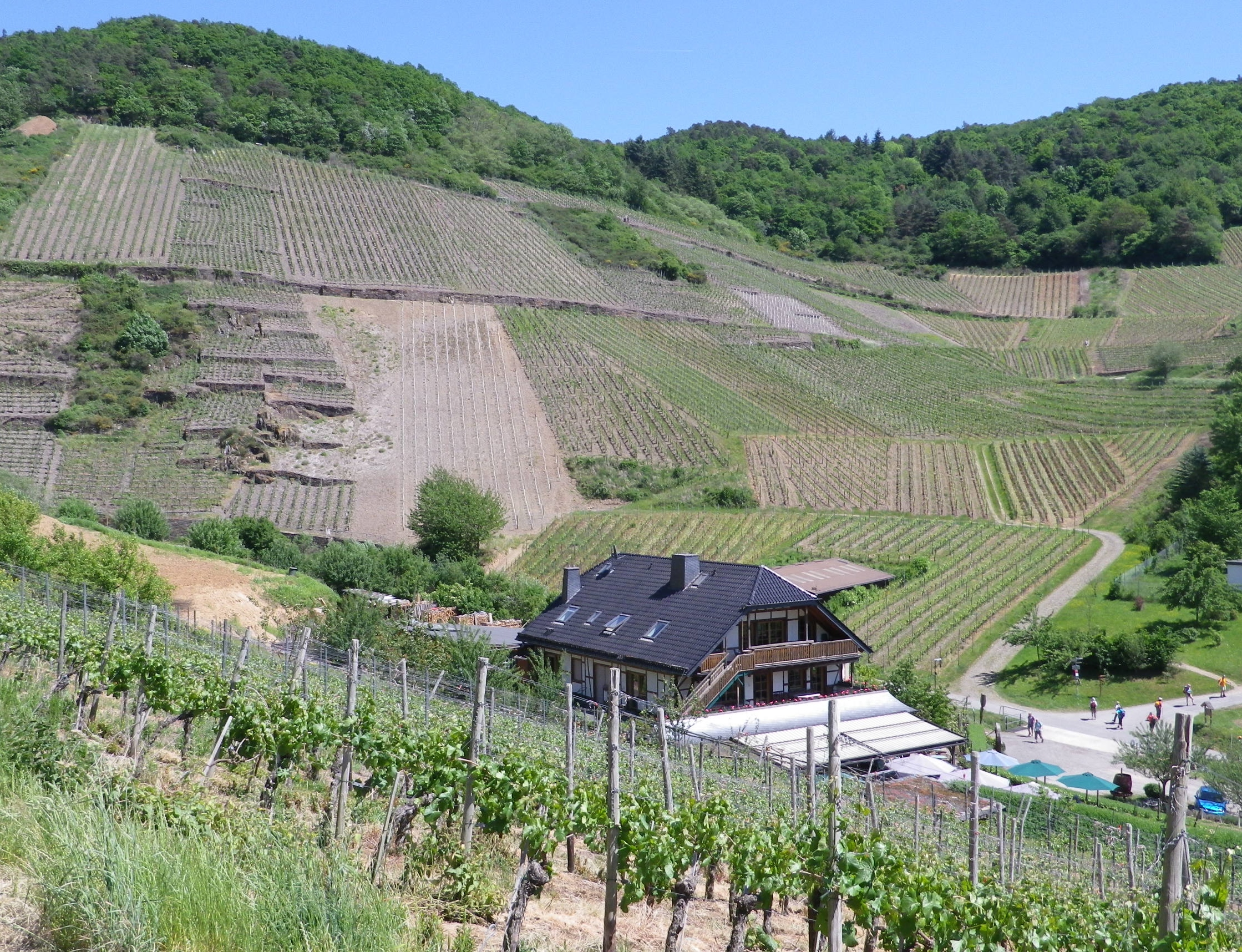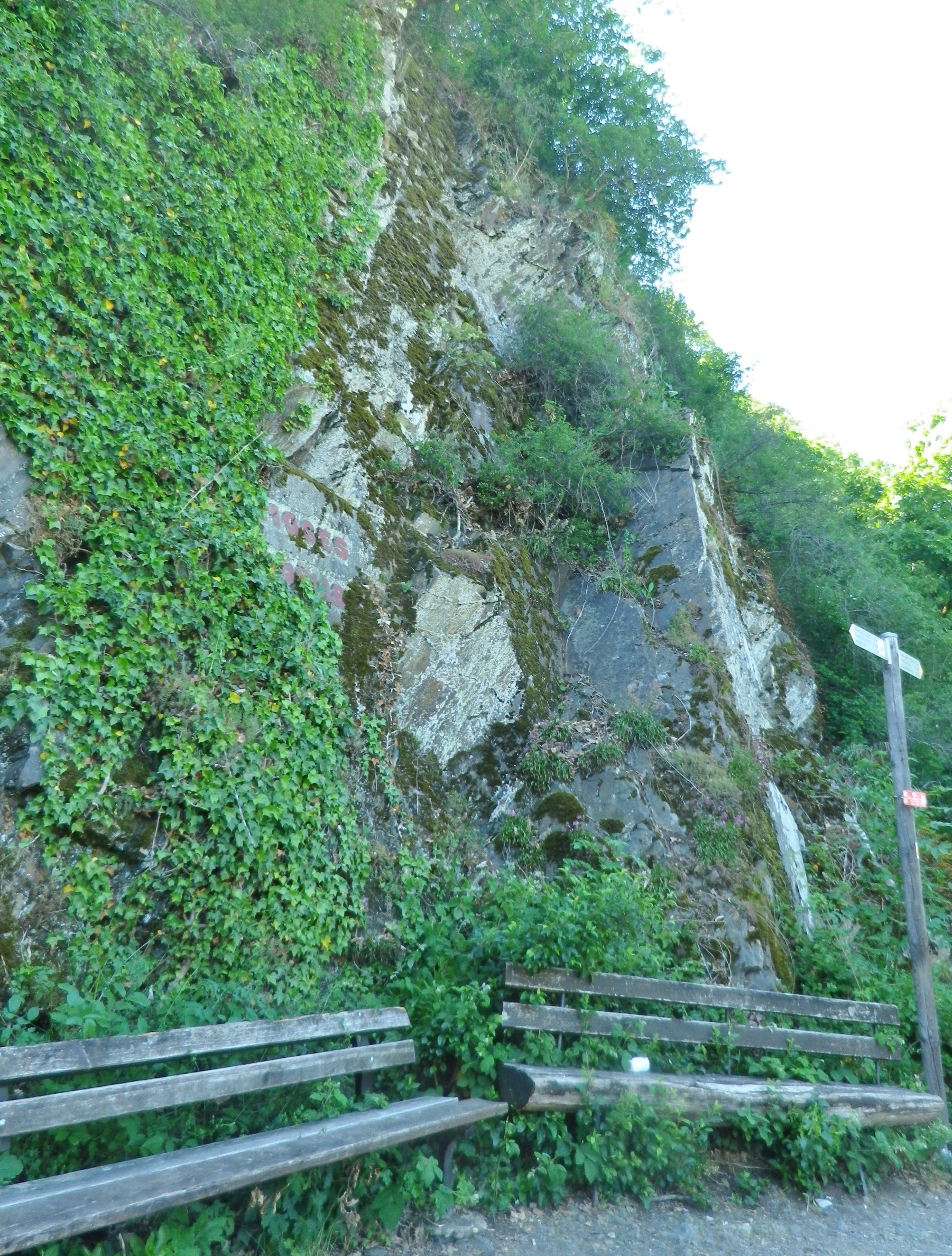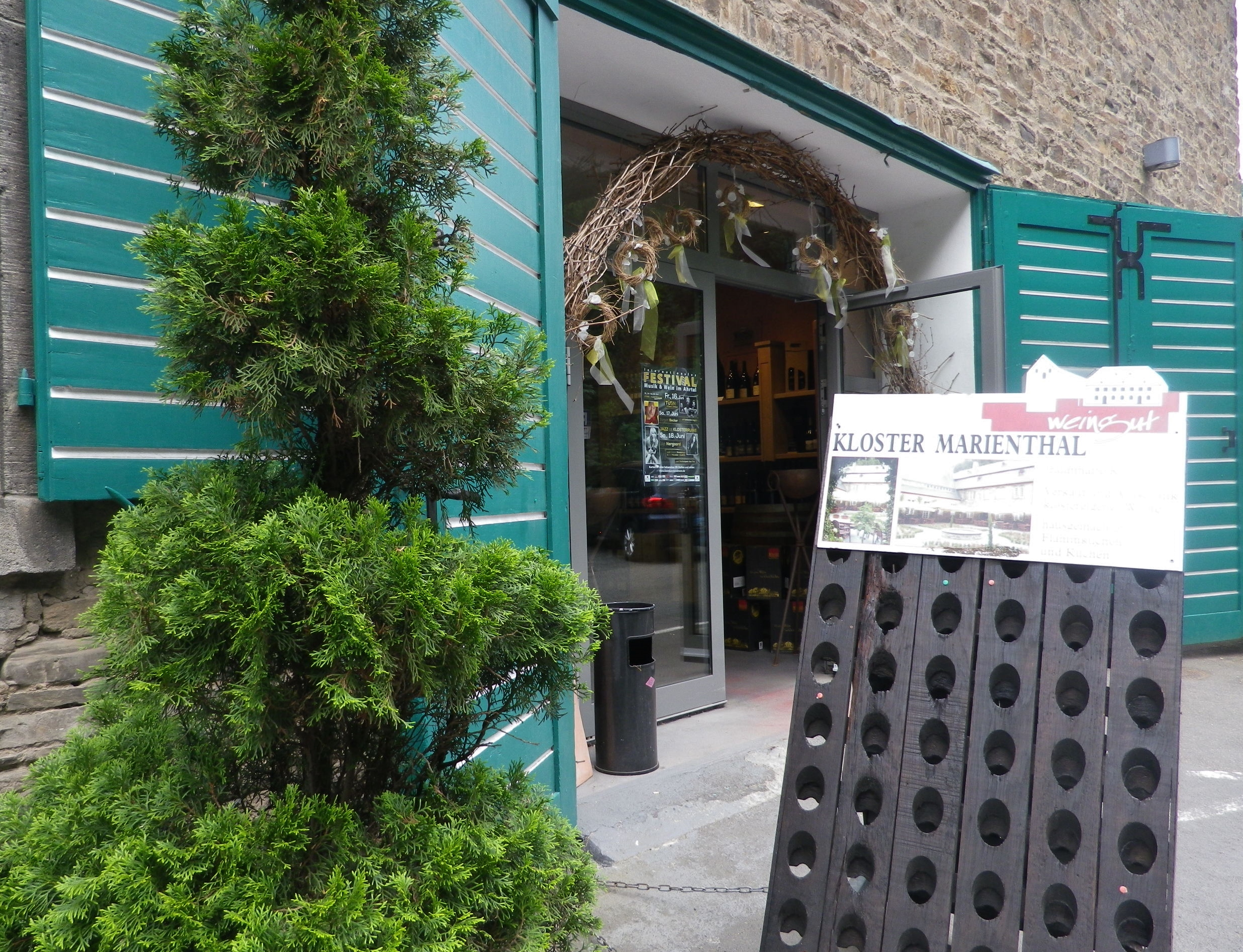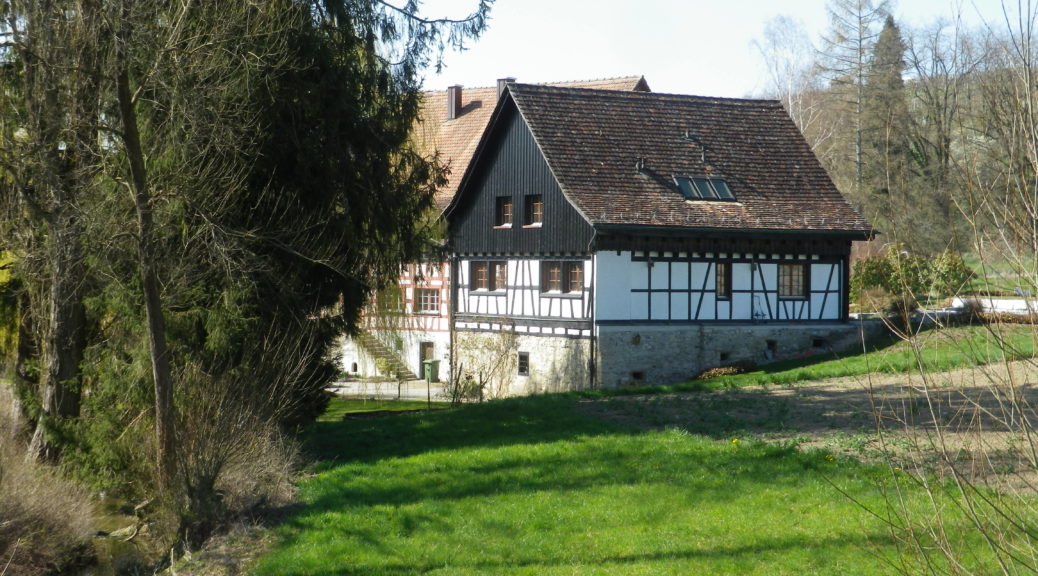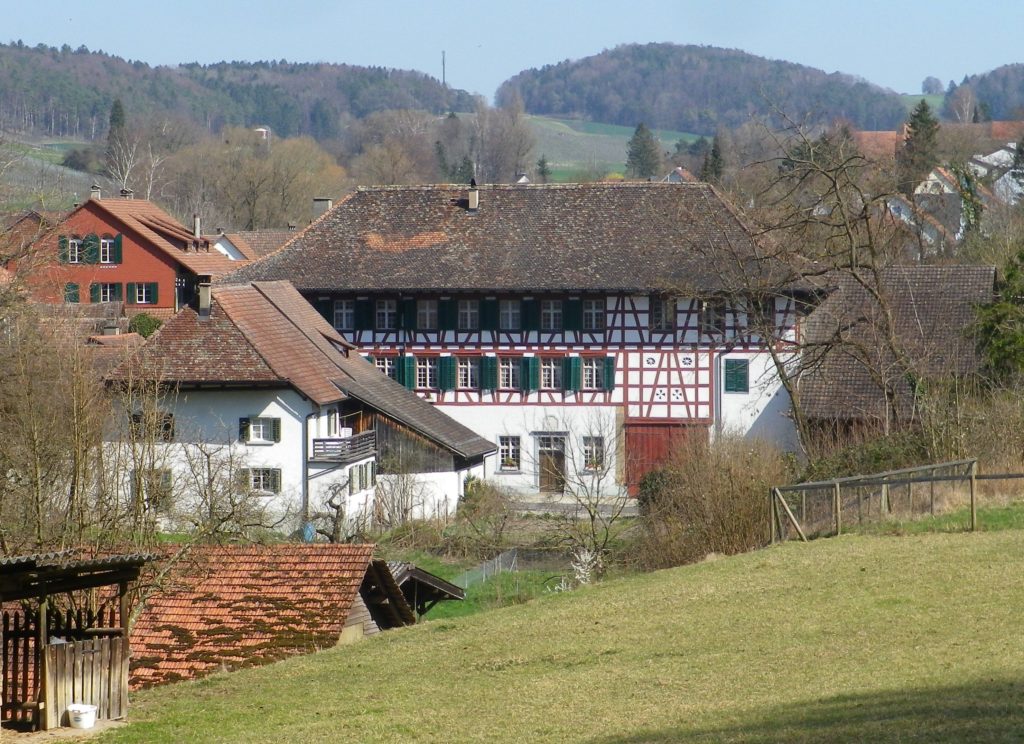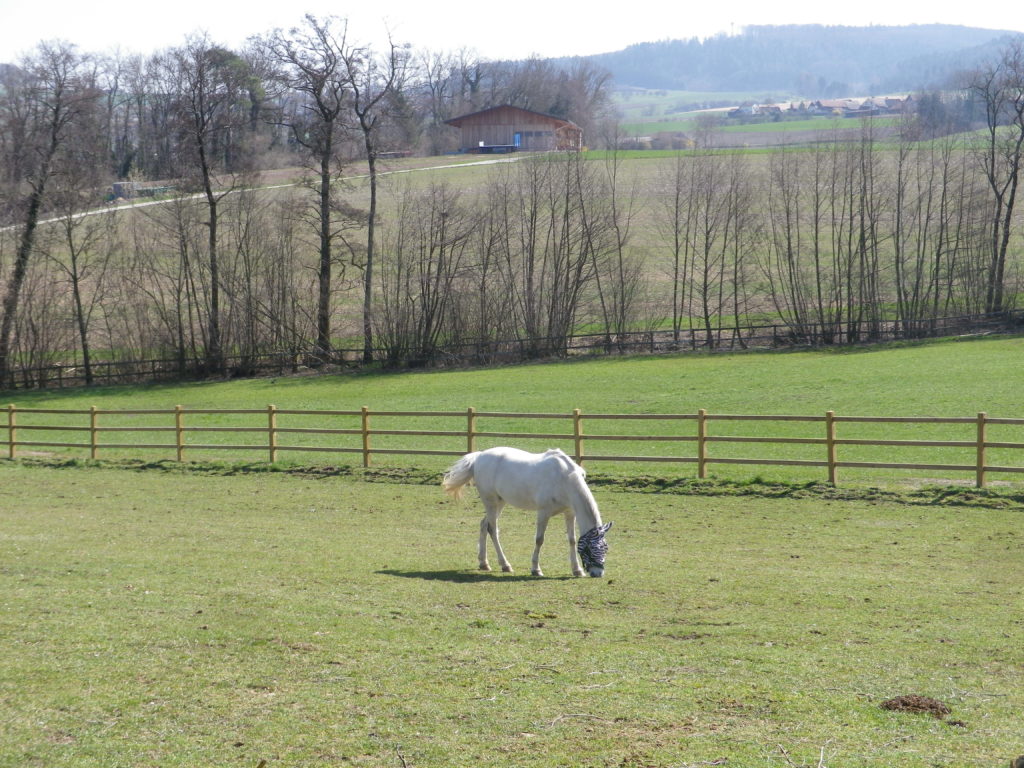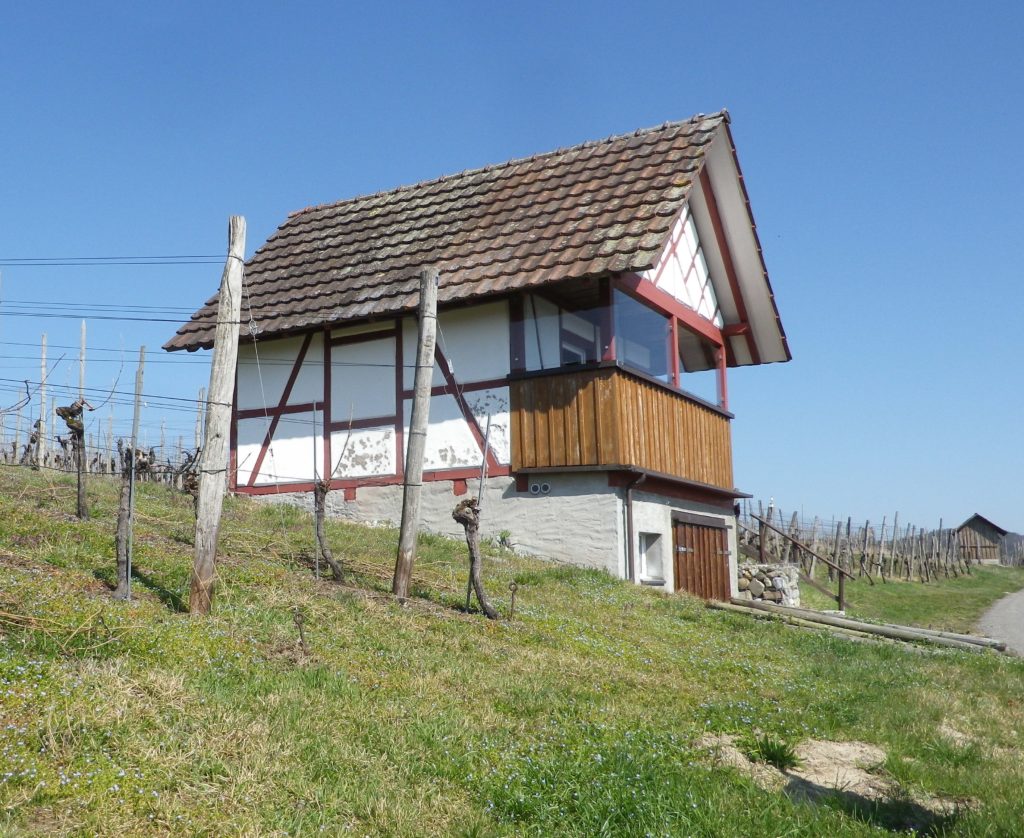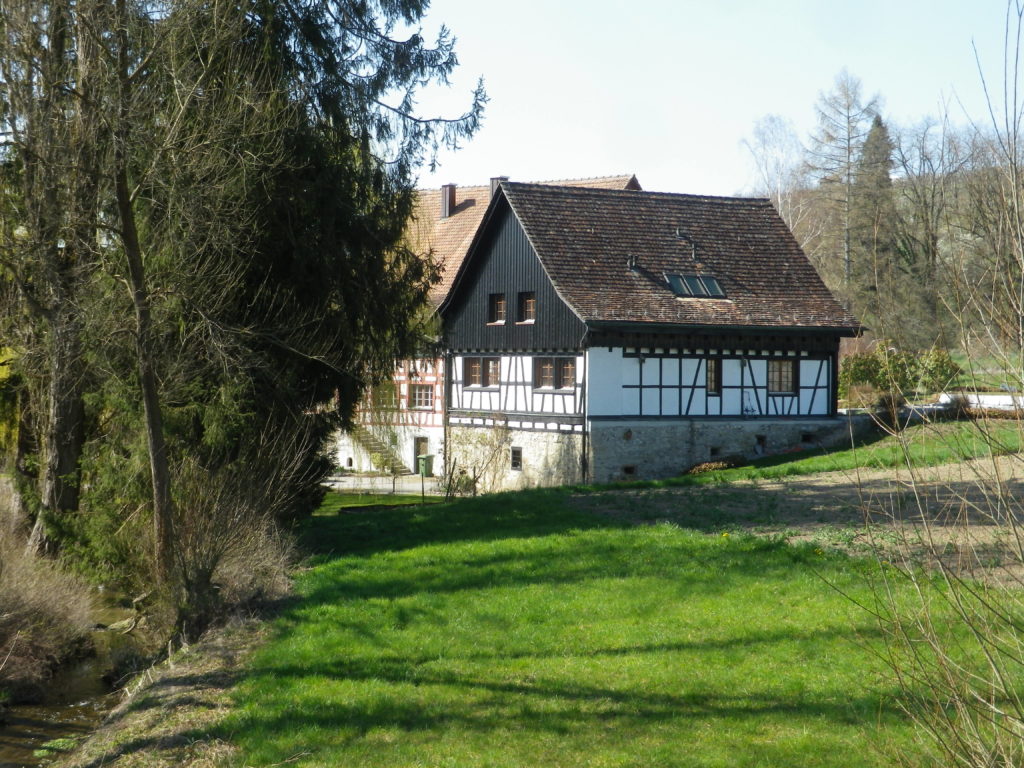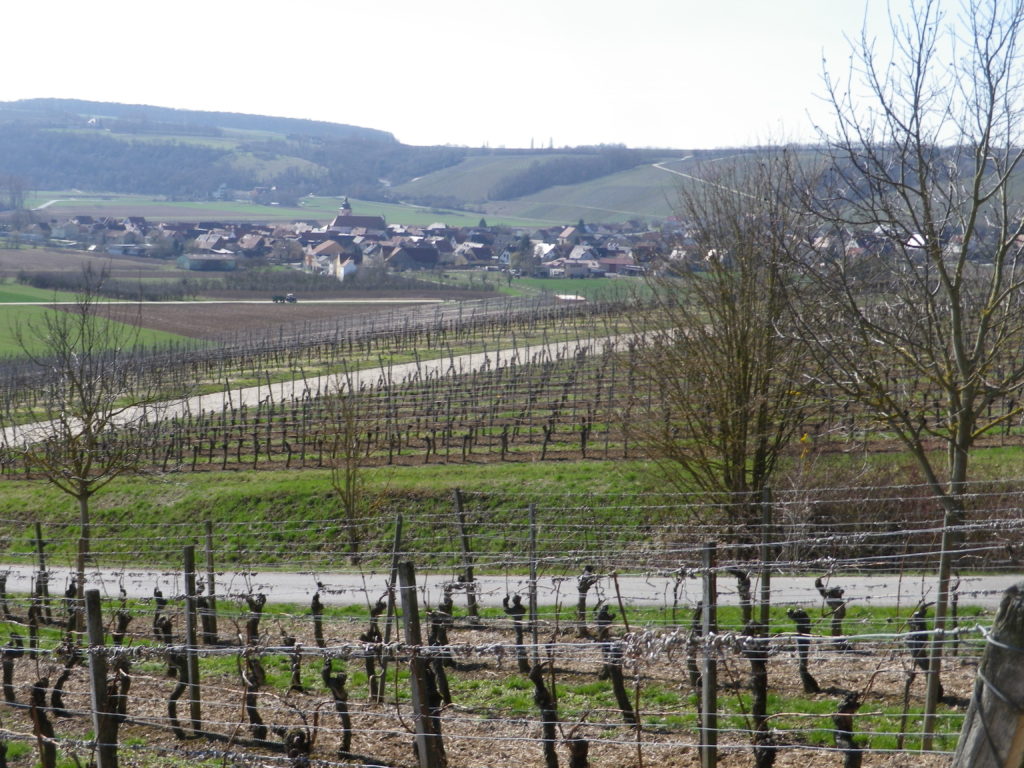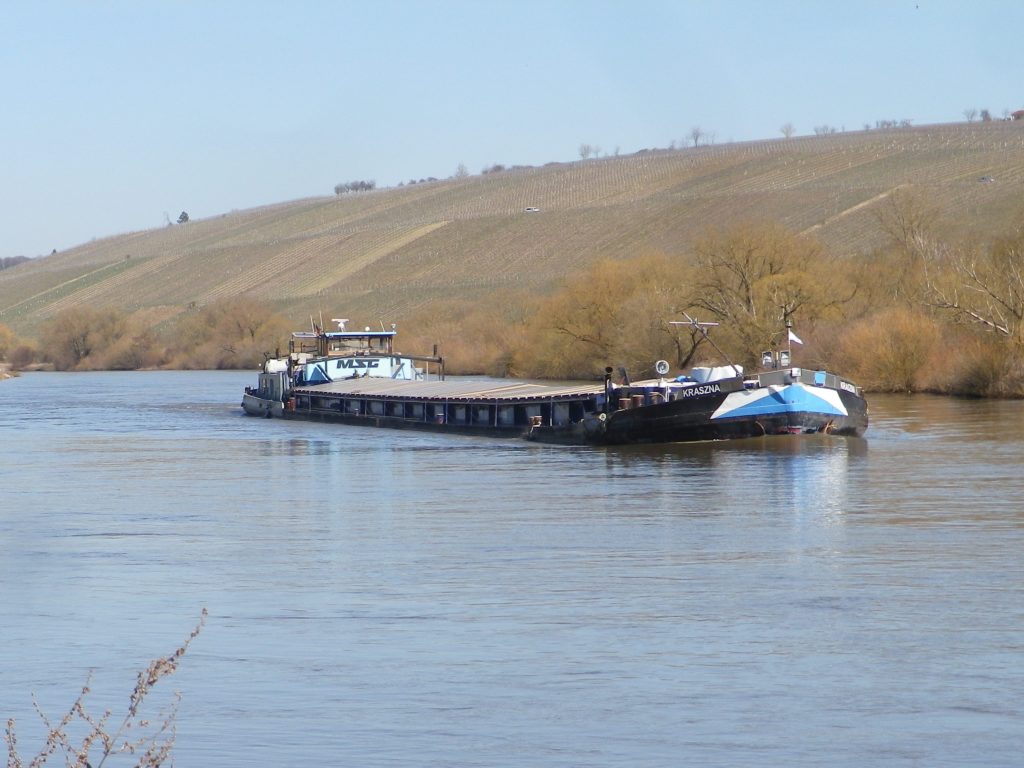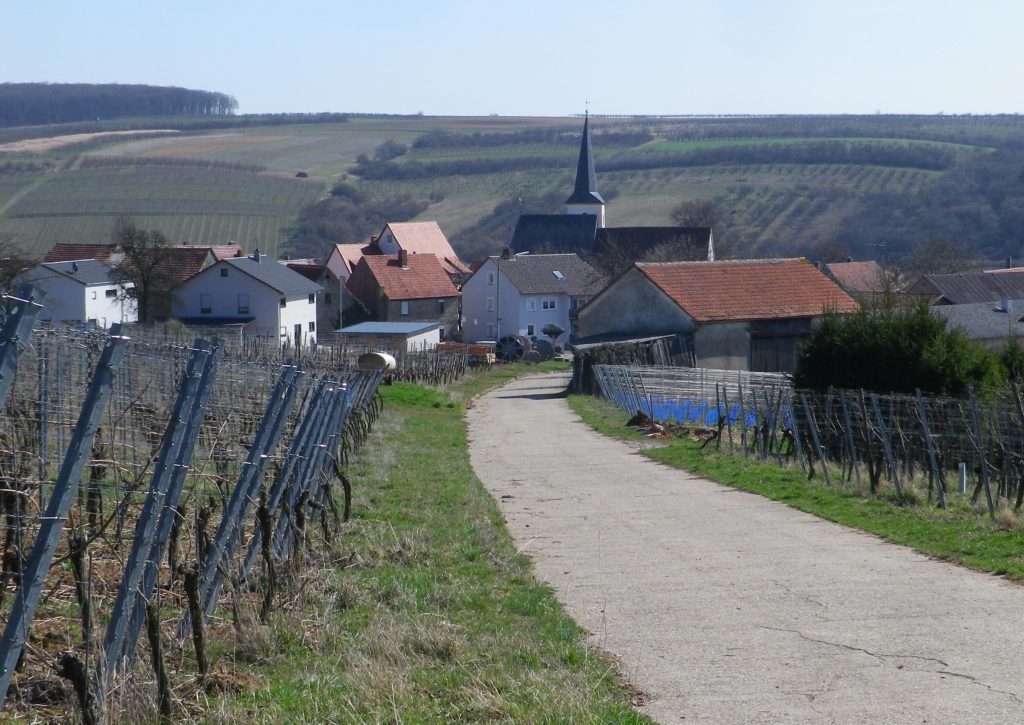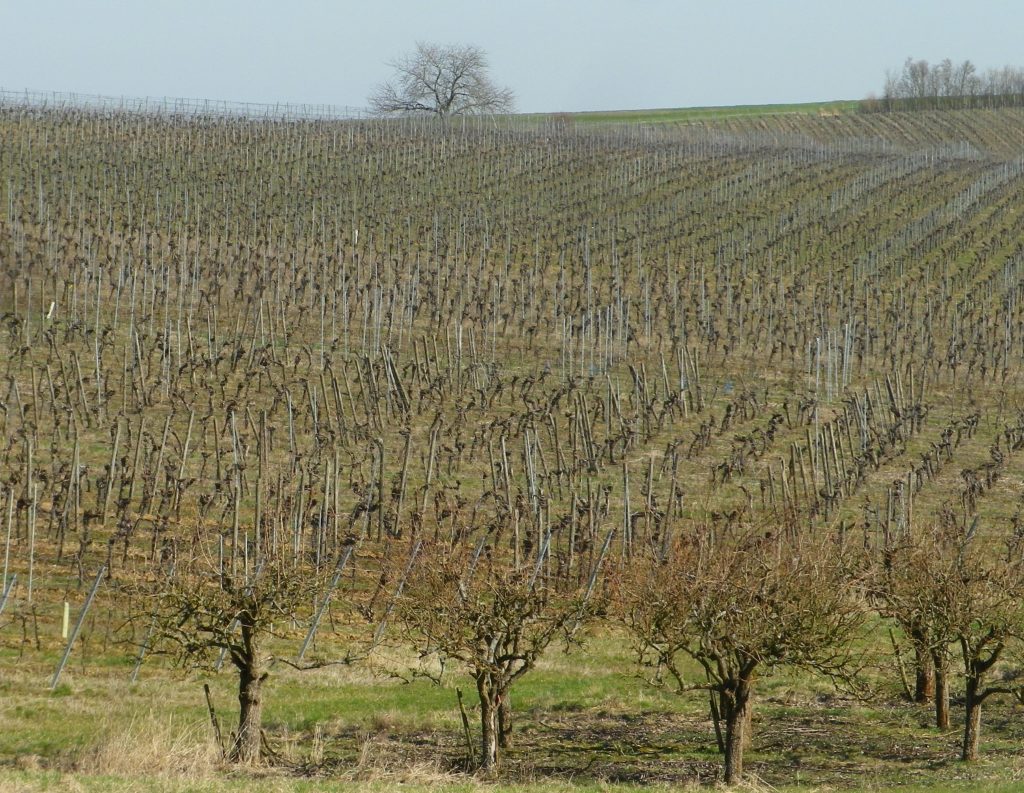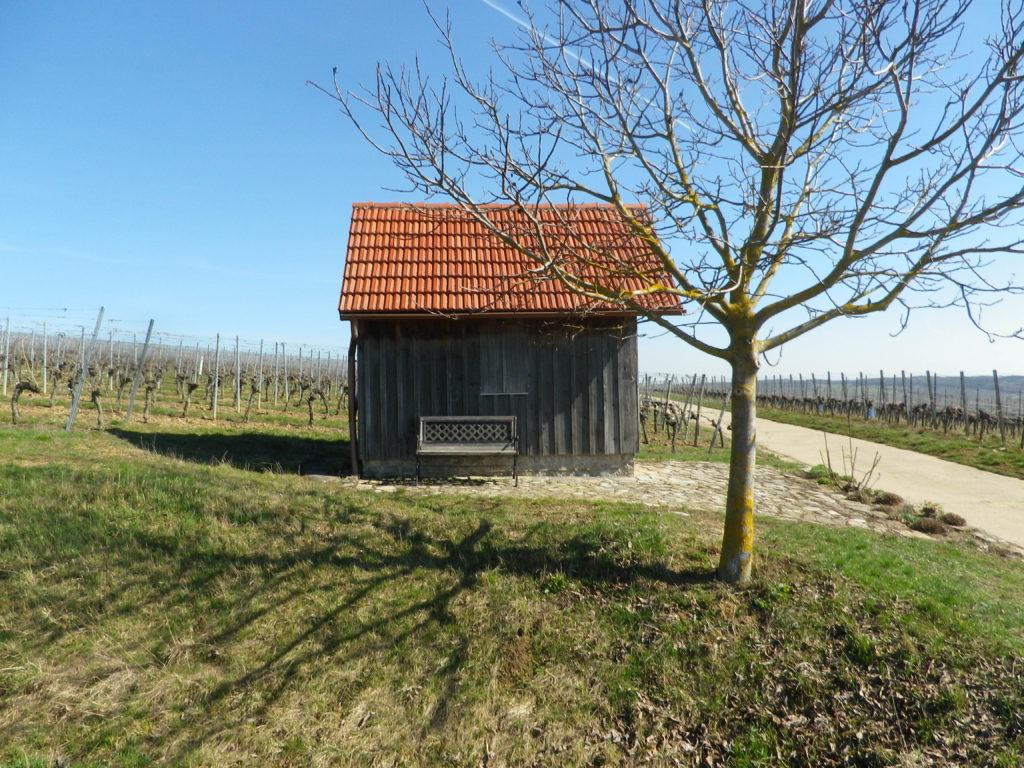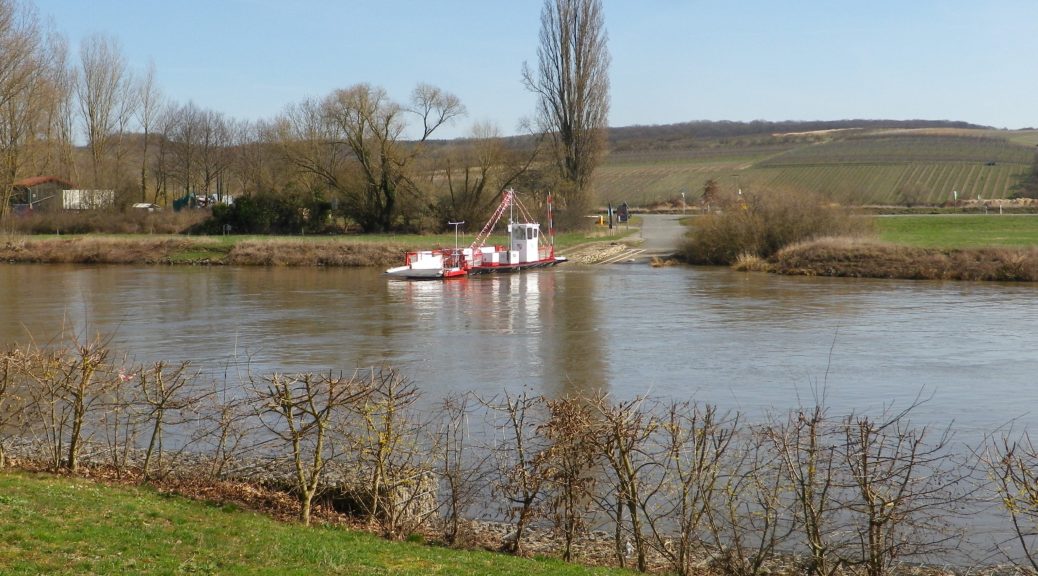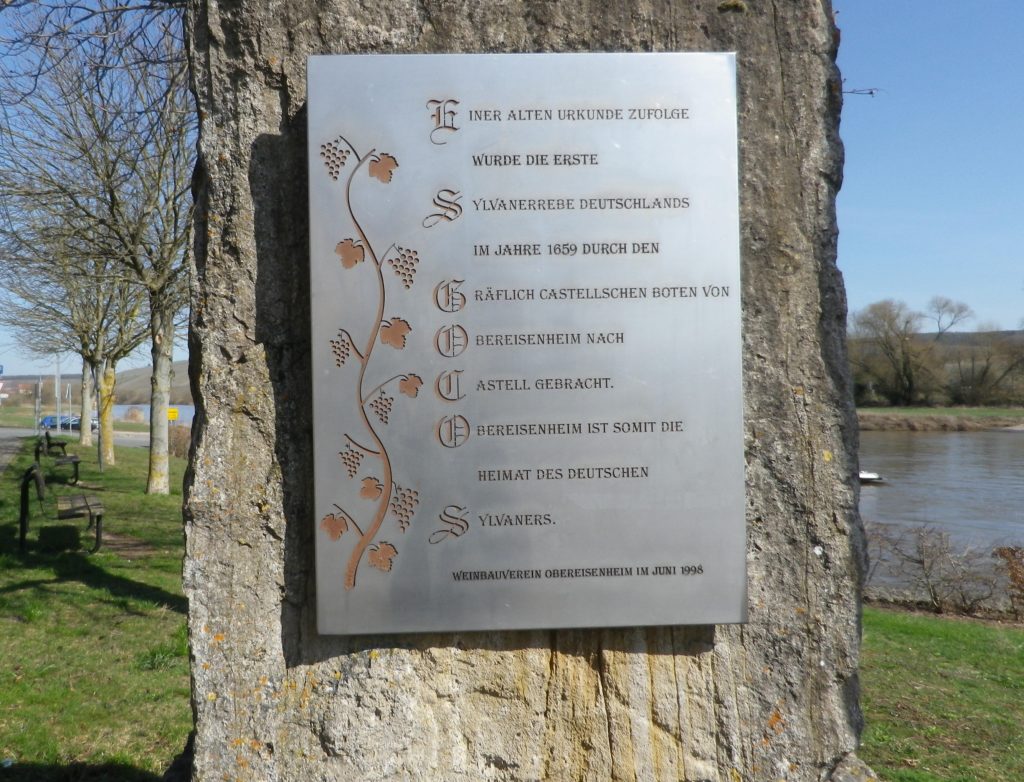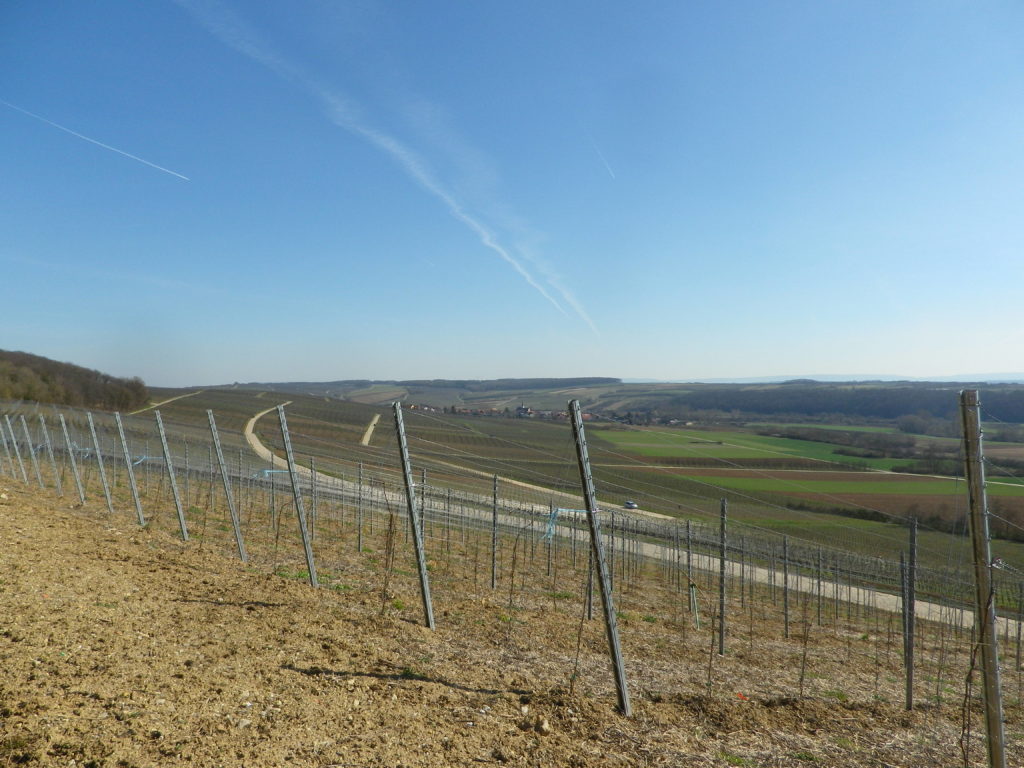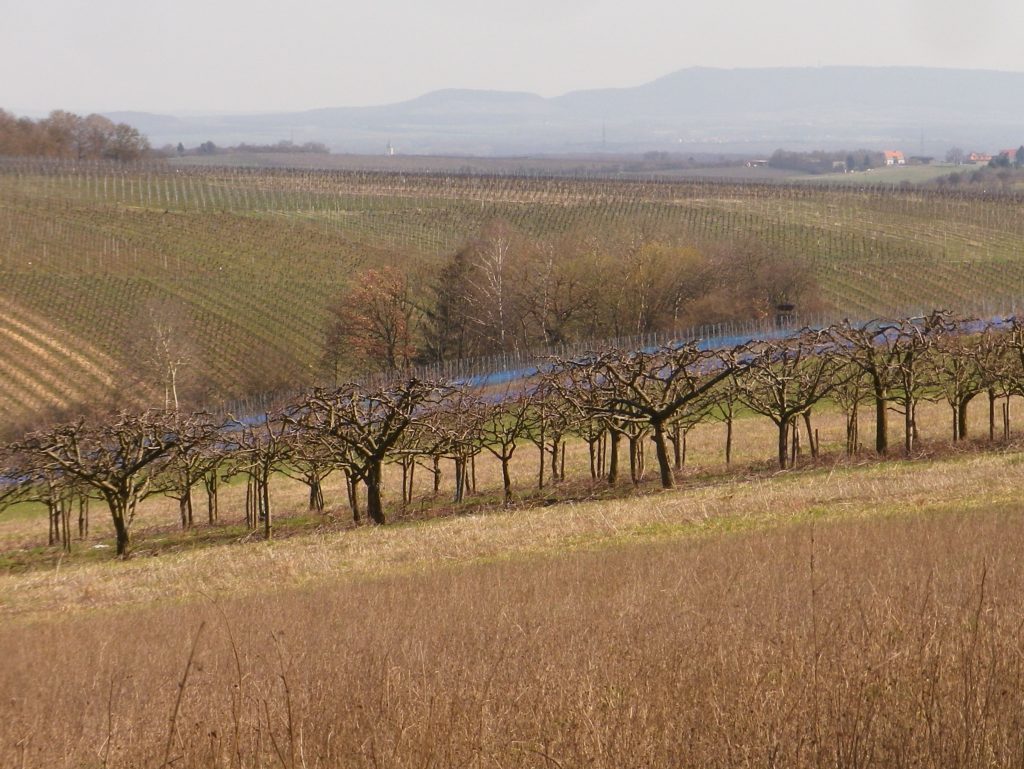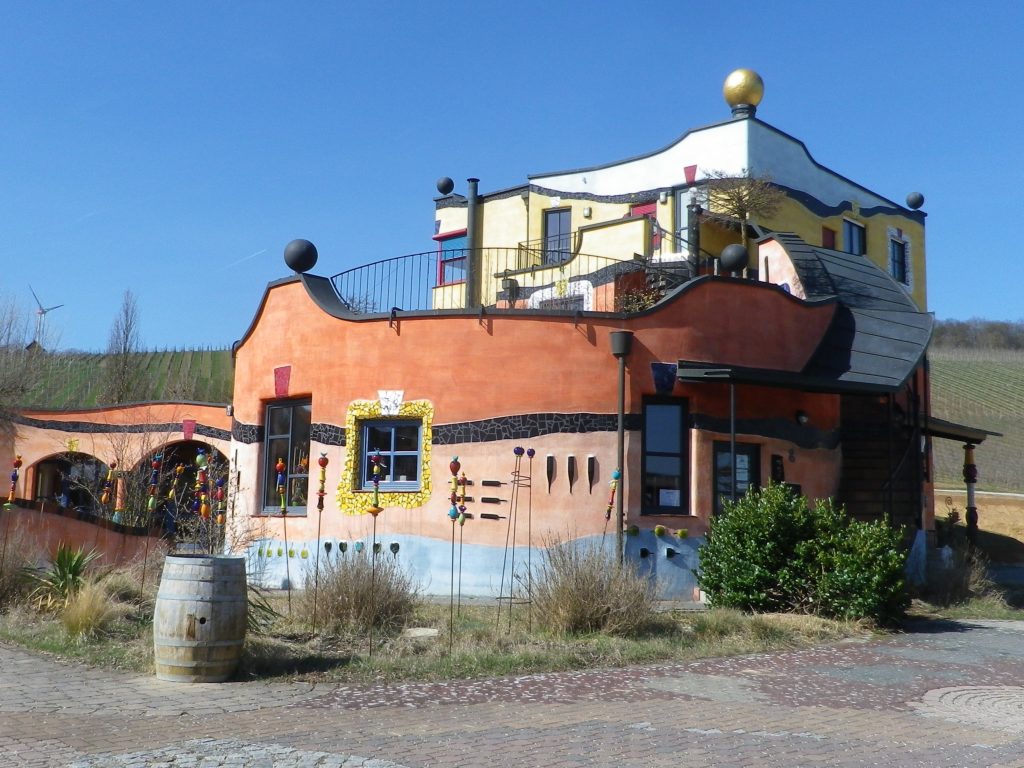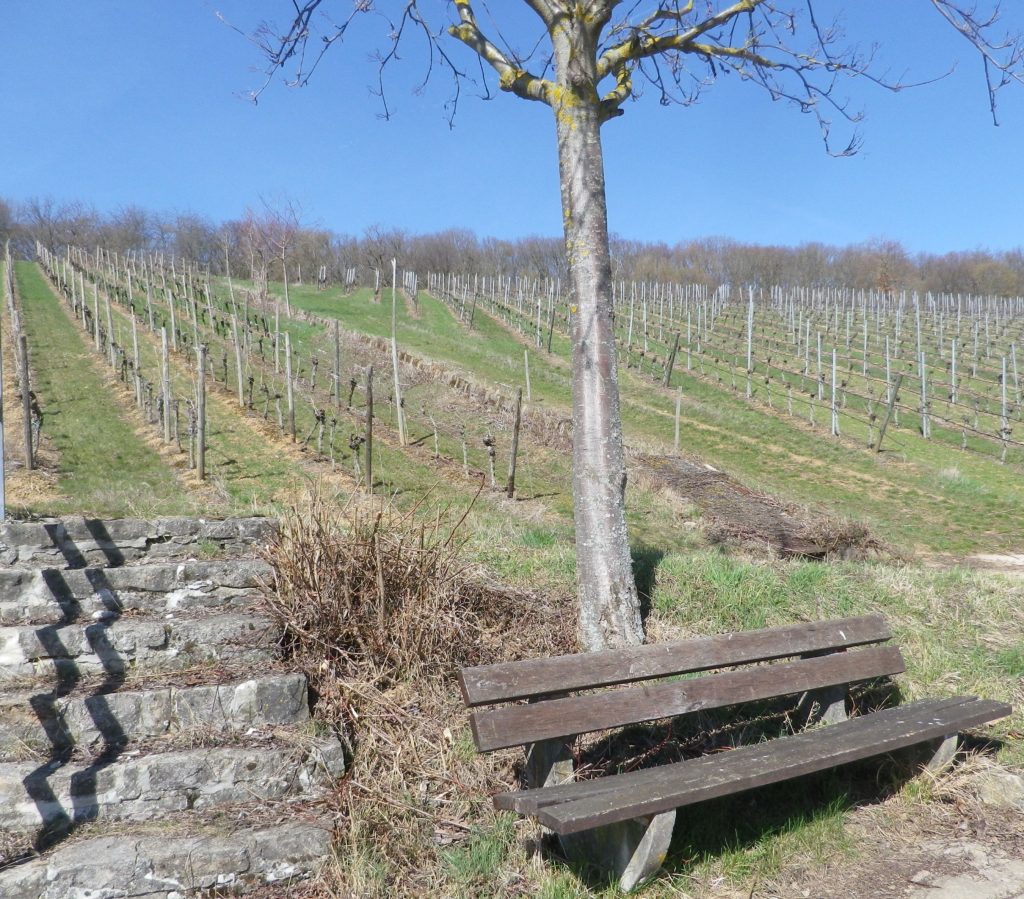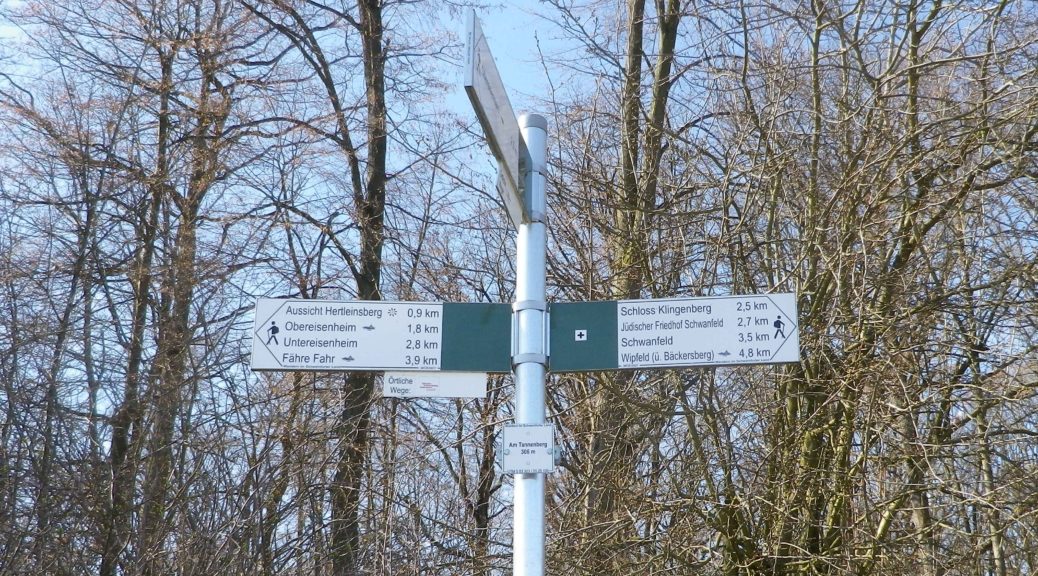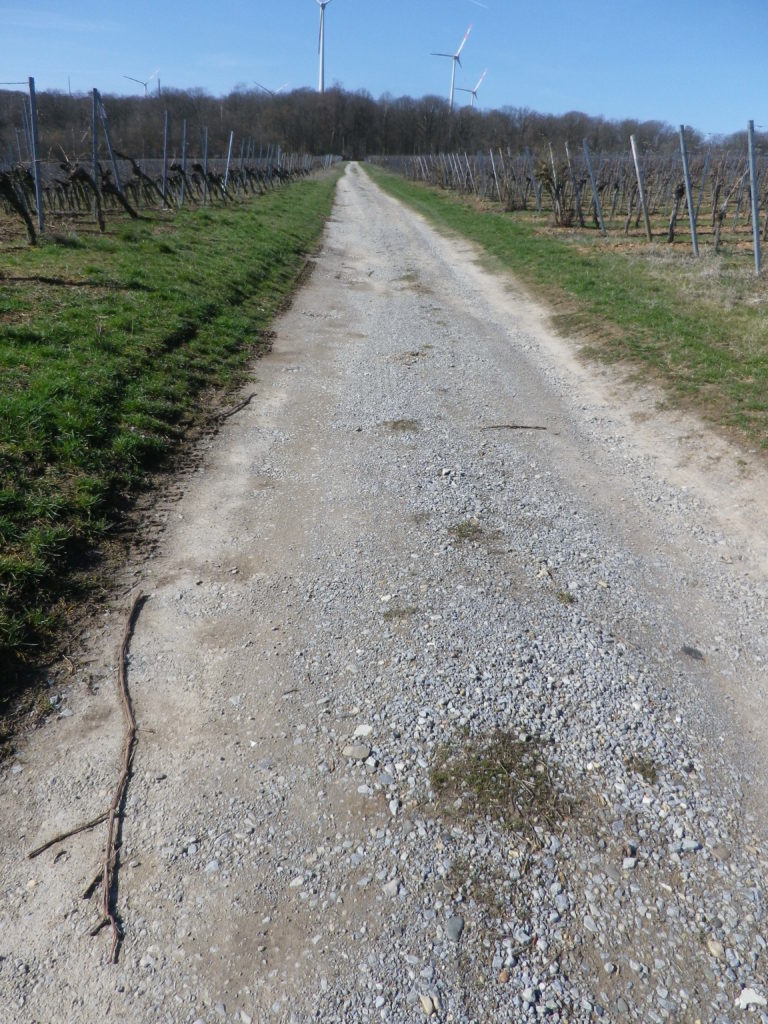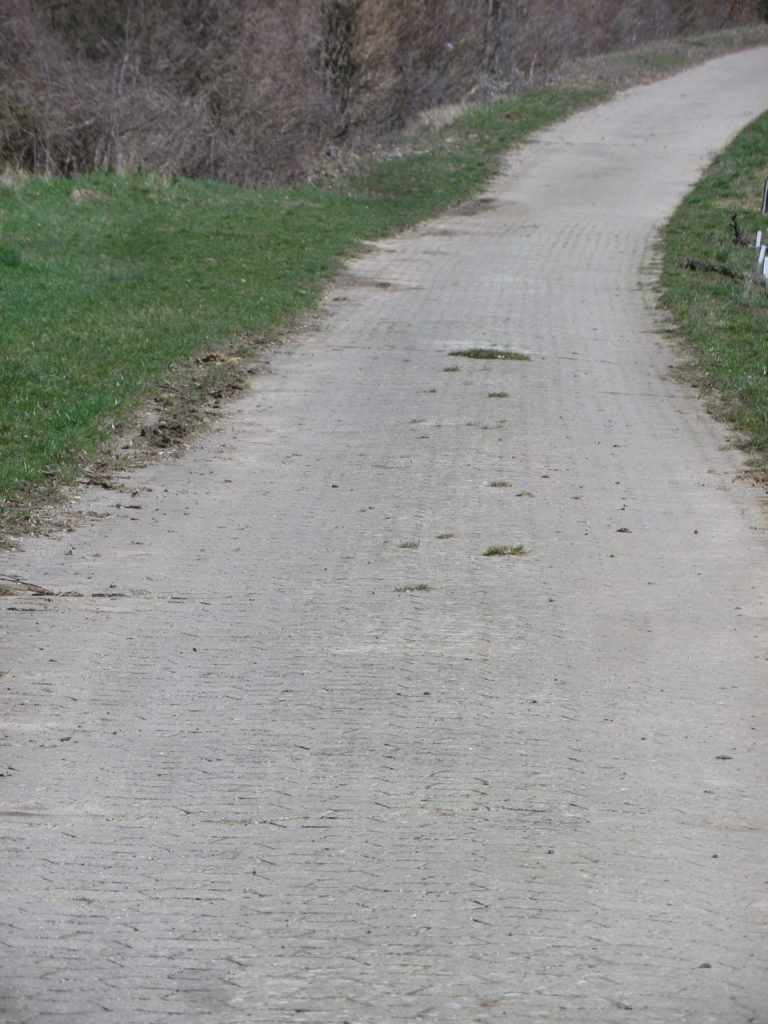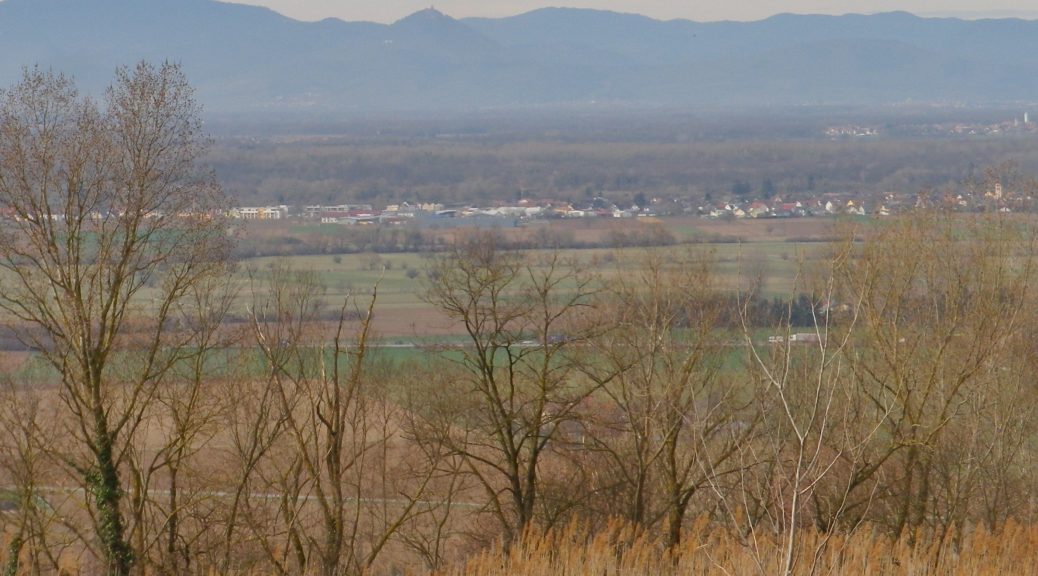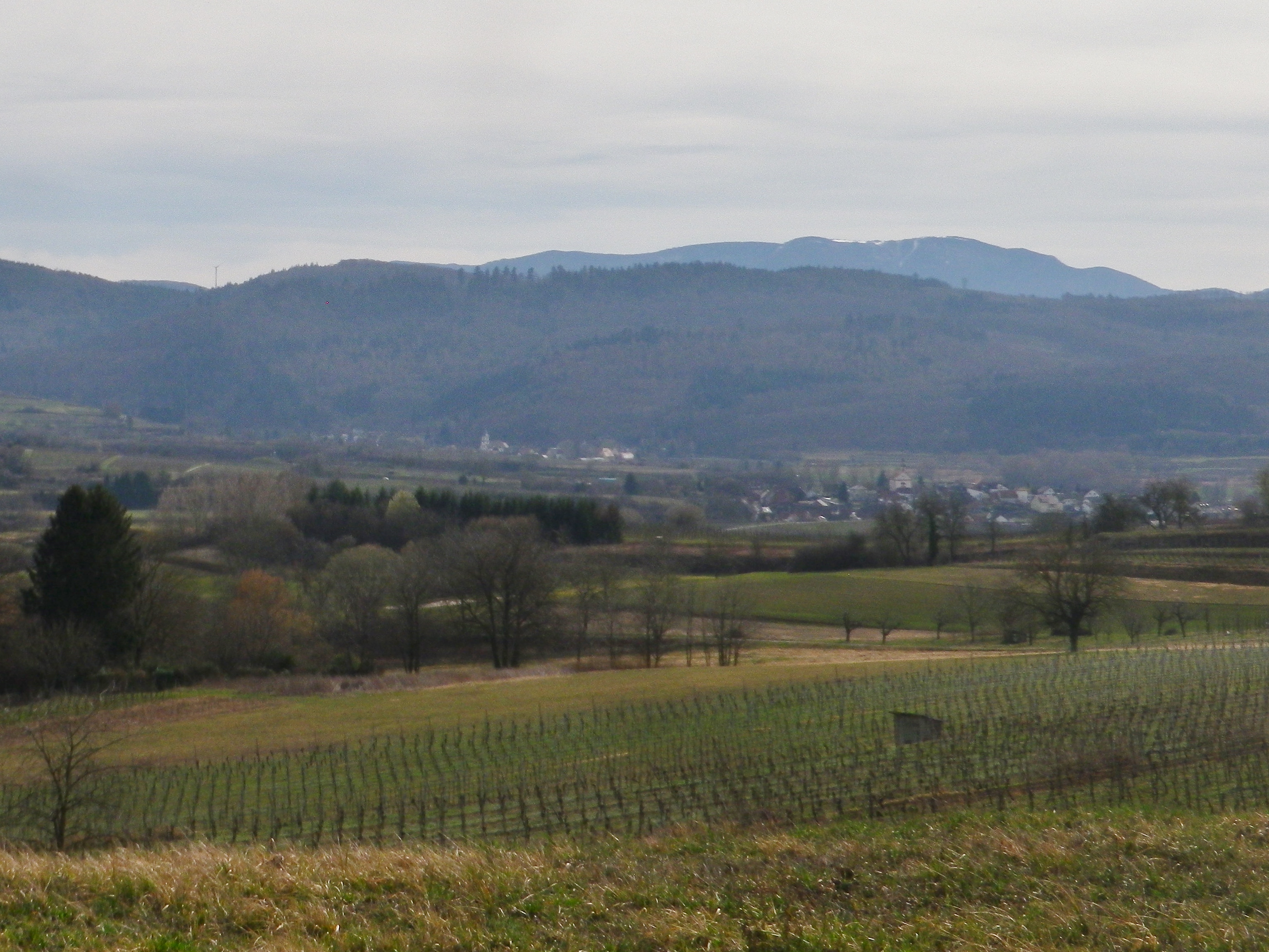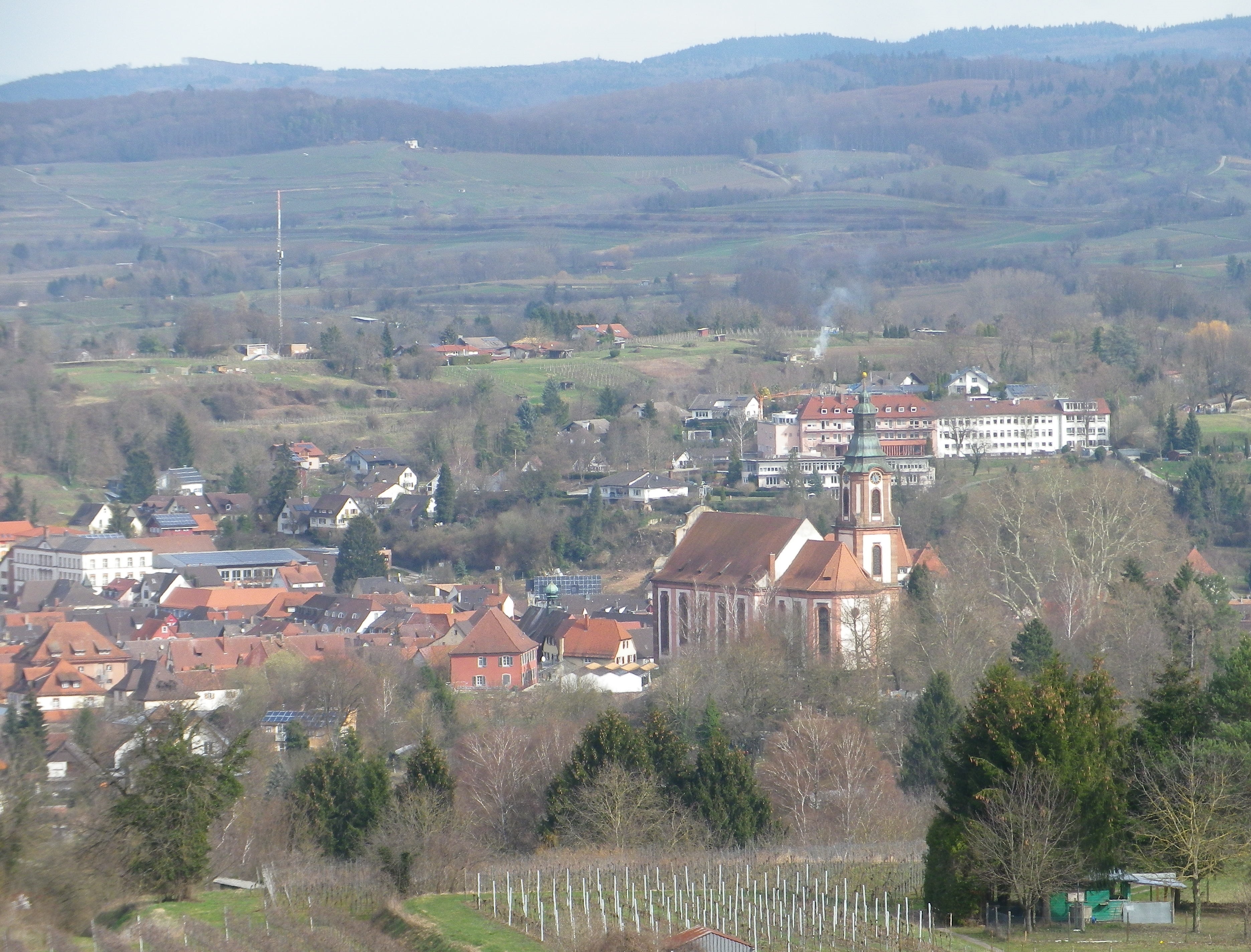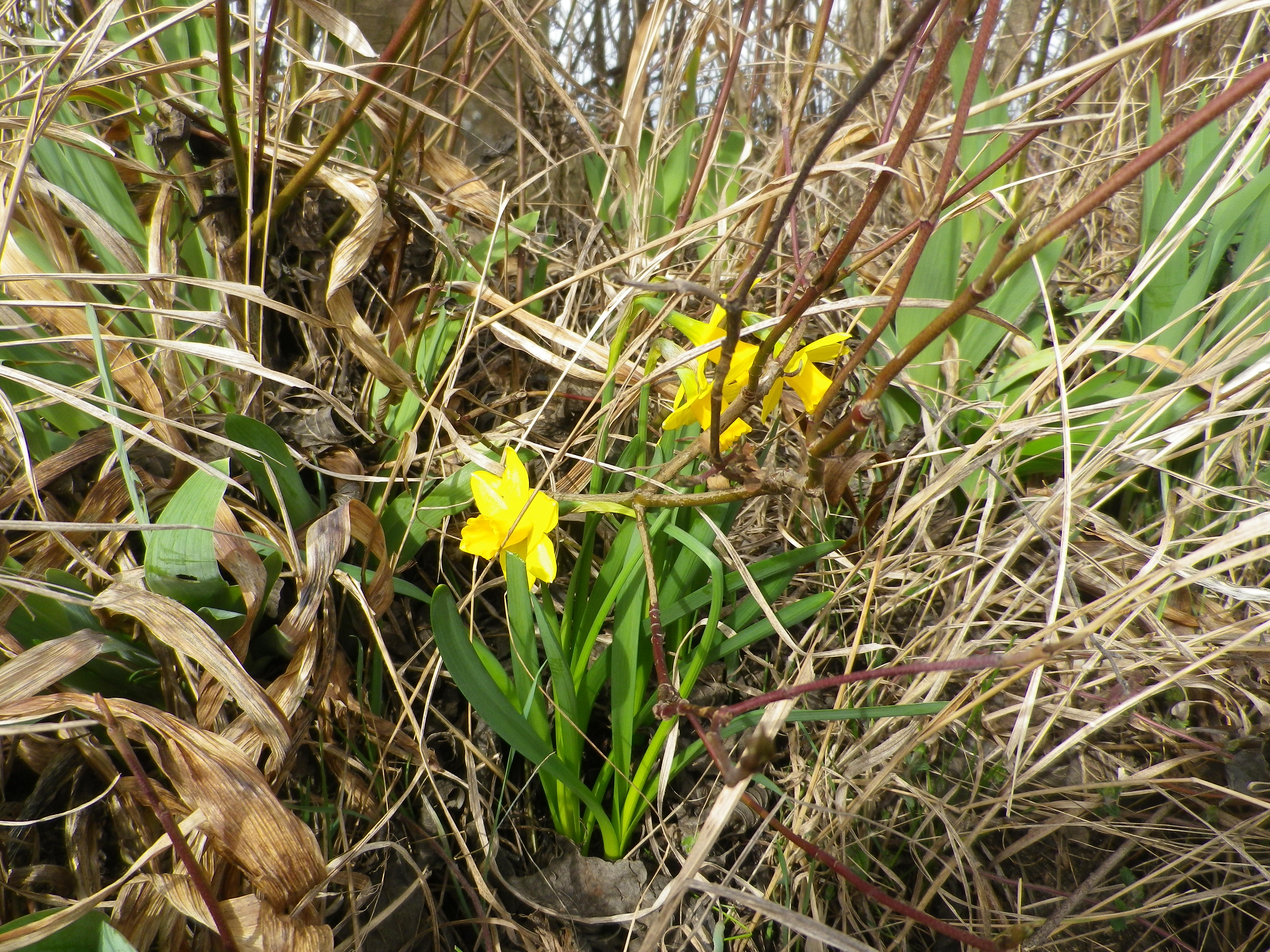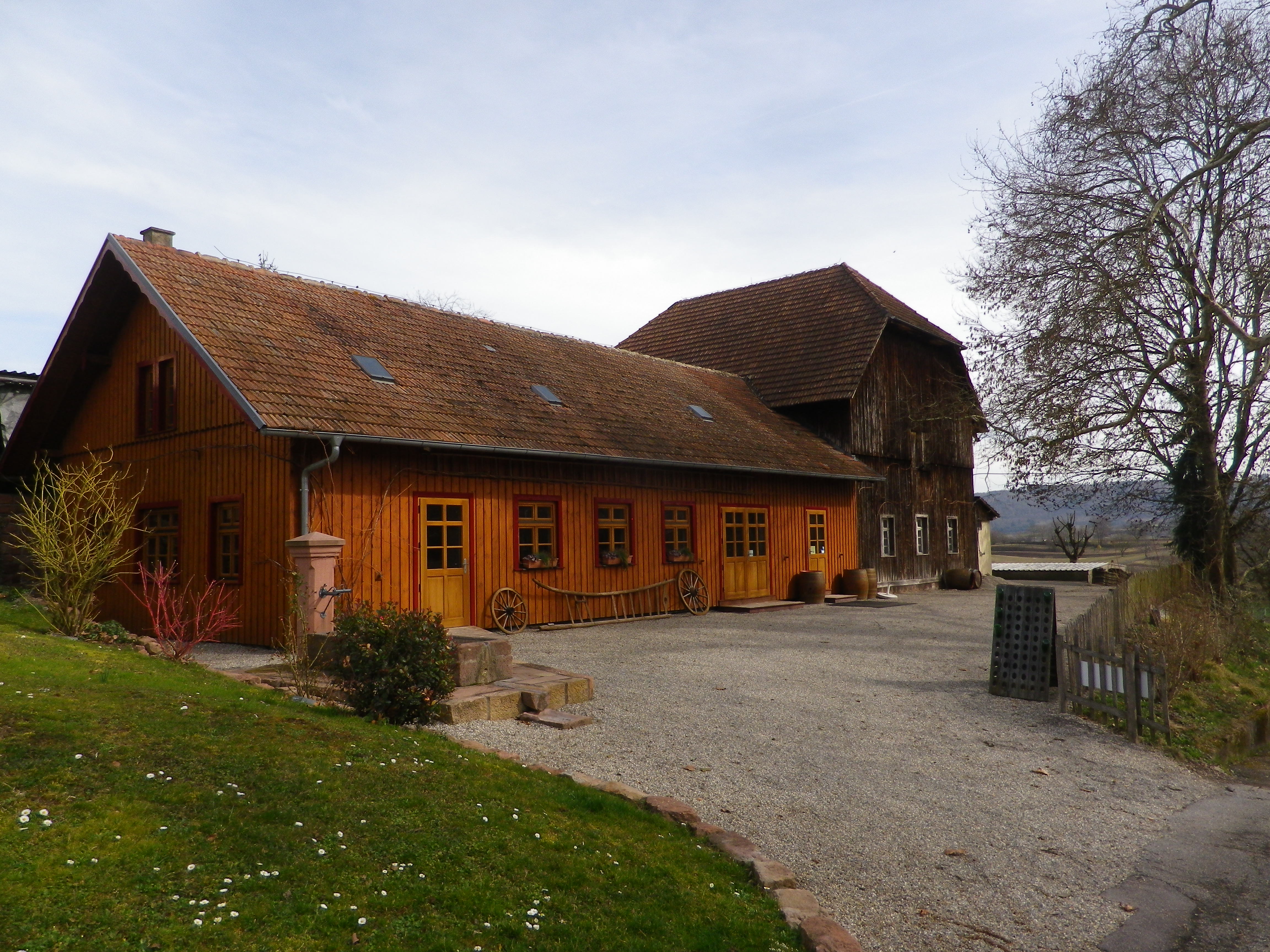This may be the shortest post on record. Minutes away from Weimar, I gave a mighty tug on my luggage, stubbornly stuck under the train seat, only to have my knee, not my backpack, give way. Going down, using an old Anglo-Saxon cognate that caught the attention of the many modern-day German-speaking passengers, they graciously helped me off the train at the station. Months preparing for this two-day hike, hours of travel from Frankfurt, and in the end, no hike.
Fortunately, a friend and I had planned to meet at the station in Weimar, and he had a rental car. So off we went to Naumburg, just over the Thuringian border, in Saxony-Anhalt. Naumburg is a lovely old town with a spectacular medieval cathedral, (housing Disney’s Snow White evil stepmother look-alike – judge for yourself, below), and site of the trailhead for the Saale Weinwanderweg.

The trail commemorates the Saale-Unstrut wine region in Germany. It is one of two wine regions in eastern Germany, and the one with the northern most vineyards in Germany. These vineyards lie mostly on the south-facing hills and river banks lining the Unstrut and the Saale rivers (not to be confused with the Fraenkische Saale river, further south). Hence this trail partly follows along these two rivers. And the trailhead is located not far from where the two rivers meet, just outside Naumburg.
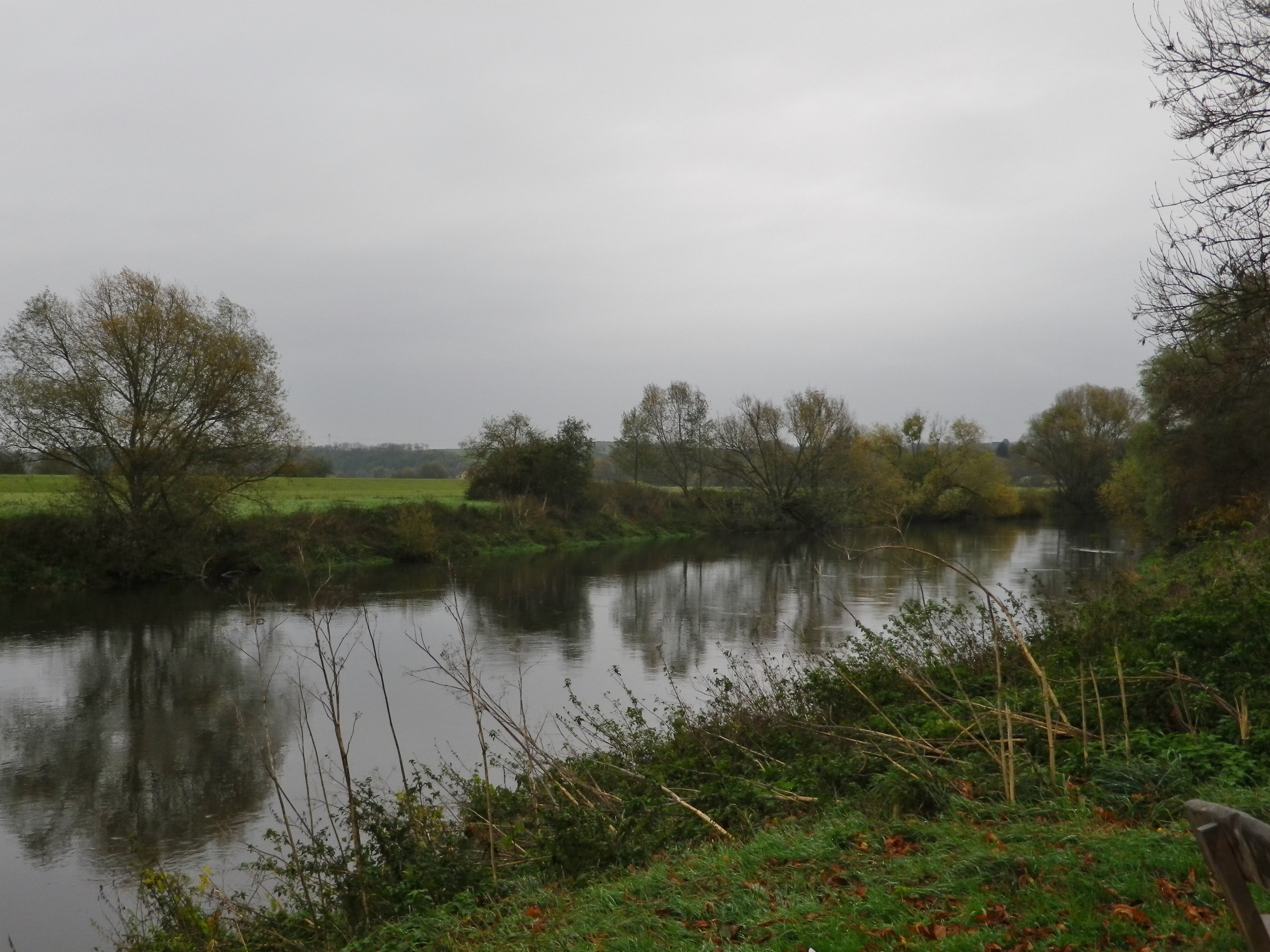
My friend, there to tour historical sites and peruse antique porcelain, graciously agreed to shuttle me to a series of points on the trail, accessible by car, where I could hop out, literally, to take photos. First stop, the trailhead. As evident by the photo below, this part of the trail is also a bicycle path, as were the subsequent sections I saw. It appeared that much of this trail could be biked, with a hybrid or mountain bike, from the looks of the sections I could reach. One caveat though, there are two sections higher up the hillsides, and through woods, that are probably a bit rougher, possibly suitable only for hiking. (There are cycling path alternatives though.)
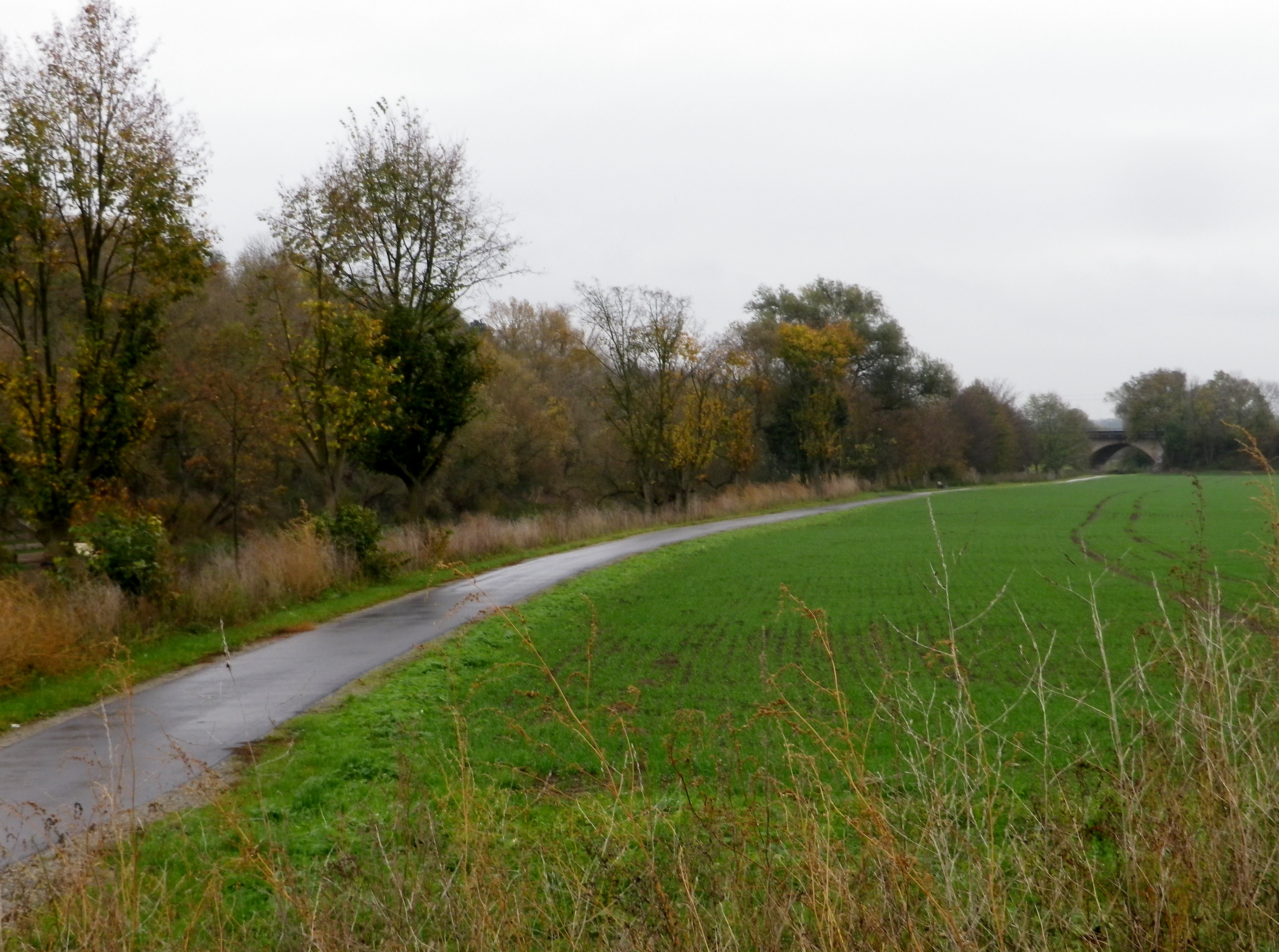
Another nice feature of this trail is the fact that it passes through some of the wine villages and towns in this region. The largest town in the area, Naumburg, has a nicely maintained historic district. It, and the cathedral, are worth a visit. Then there were a couple of villages. Kleinjena, opposite Grossjena on the Unstrut, comes next on the itinerary. Rossbach is a bit beyond Kleinjena. A settlement appropriately named Weinberge “vineyards”, follows, with its collections of vines suspended on the banks facing the Saale. Wine loving hikers will find several small, family run wineries along this sector of the trail.
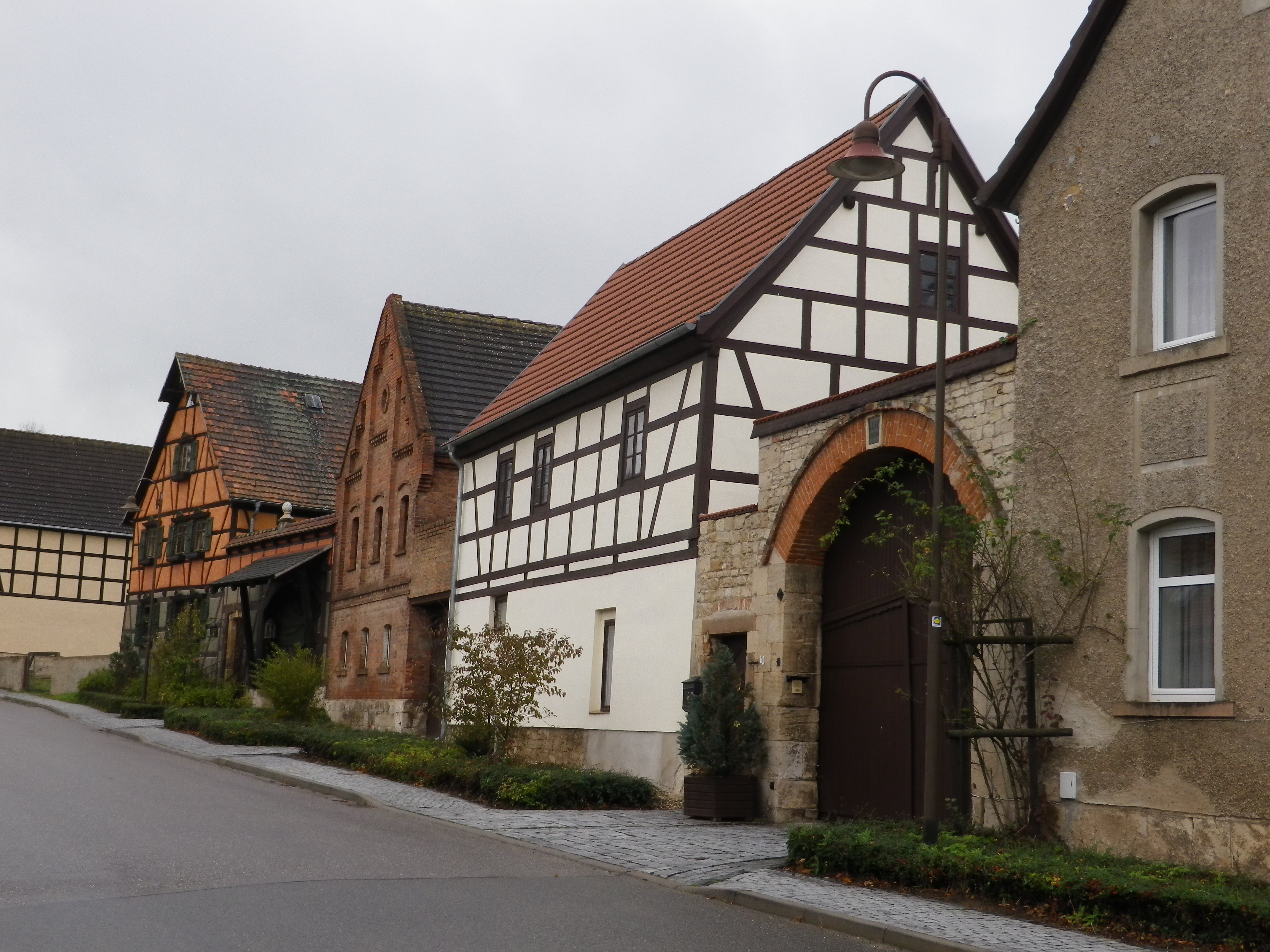
Before reaching Bad Koesen, Kloster Pforta appears on the trail. This old monastery building is now one of the largest local wineries. Its Saalhaeuser vineyard rise above it, and the river passes in front of it. The winery has a cozy a wine tavern collocated with it. Its little terrace looks out over the river, and on a nice day, would be ideal for sipping a glass or two of its wines. (The other large winery, the Naumburger Wein und Sekt Manufaktur, is in fact a still and sparkling wine firm located on the trail a bit further upriver in Henne-Naumburg.)
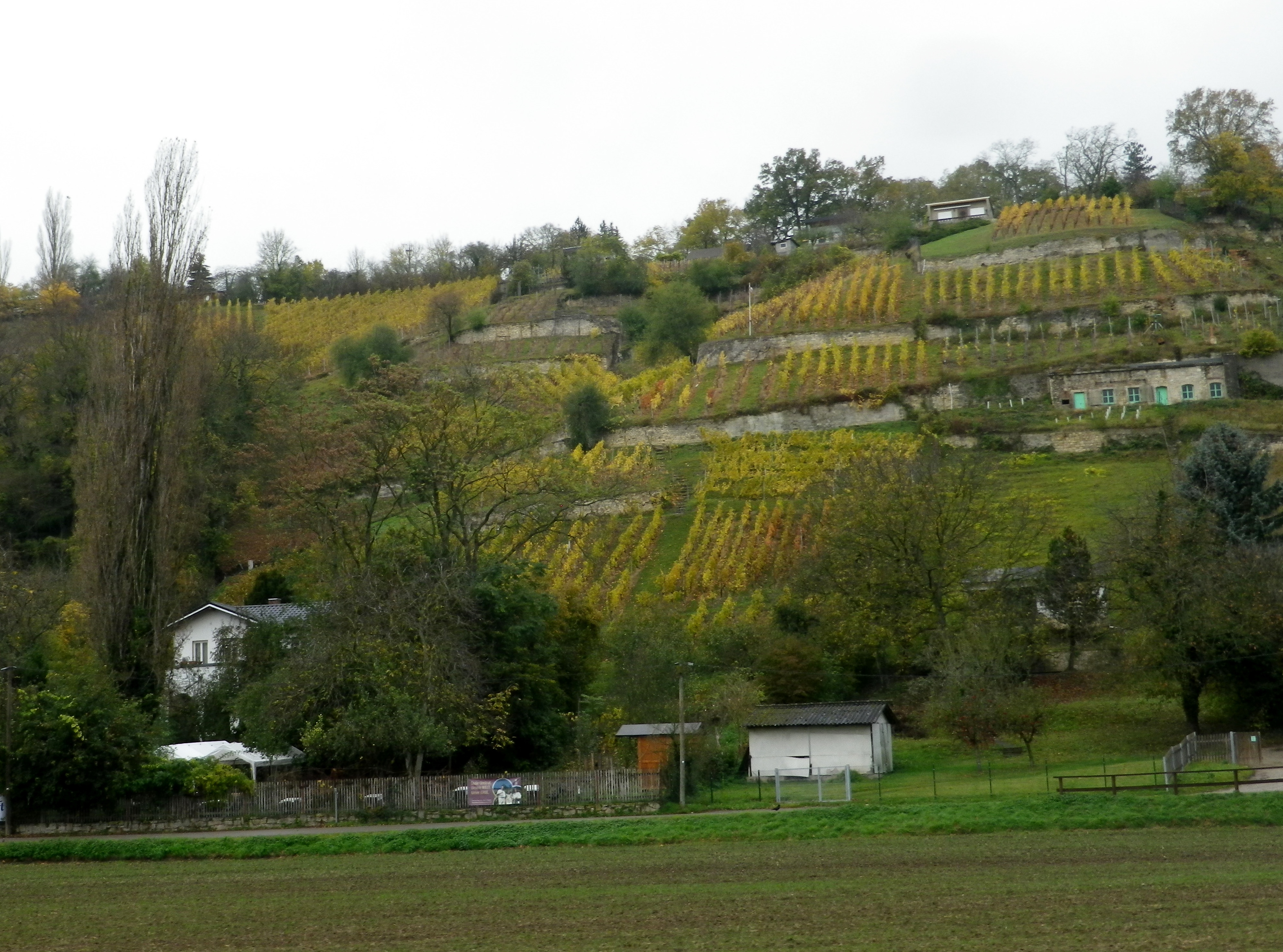
The trail returns to Naumburg via the bridge crossing at Bad Koesen. It is a small spa town on the Saale, to the west of Naumburg. In addition to being a spa town, with all the amenities found in any German spa town, there are several hiking trails in that district, and a least a couple of these focus on the vineyards. At the edge of Bad Koesen lies Schulpforte, formerly a Cistercian monastery dating to the twelfth century. (These were the monks who founded the original winery now found at the Kloster Pforta mentioned above.) After the abbey’s dissolution, the Duke of Saxony founded a school on the property. The impressive complex backs onto the side of a forested hill. The trail continues up that hill and through a forest for about two kilometers, back to Naumburg. (This was the part I could not hobble to, so I can’t write about the trail conditions.)
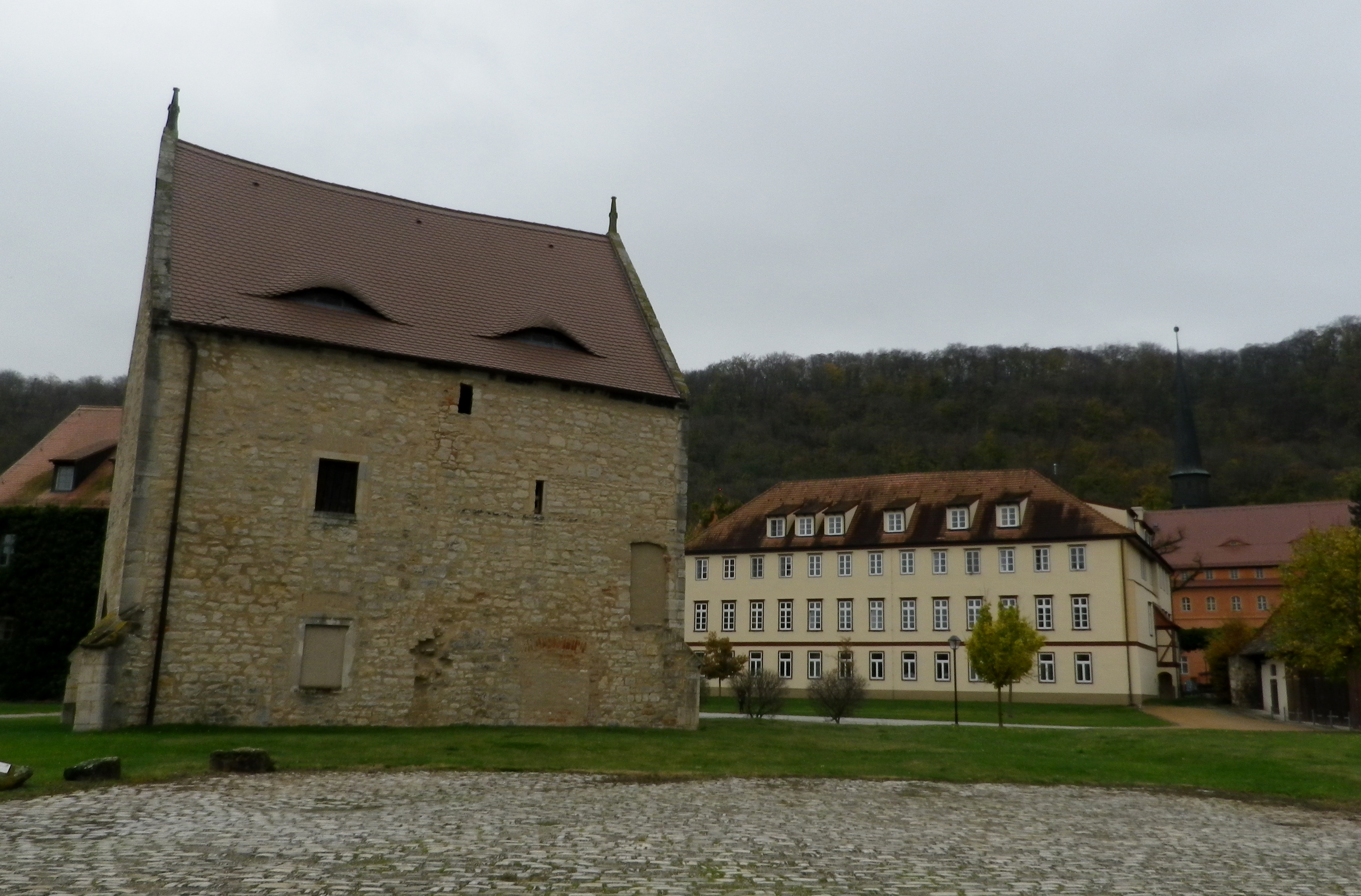
I completed my photo reconnaissance of this trail in less than an hour, vice two days. Thus, I had time to visit Colditz, and get lunch in a wine tavern. Over the rest of the day, and the next, I had opportunities to sample some Saale-Unstrut wines, and finalize plans to return some day to hike in the area, and taste more wines.
